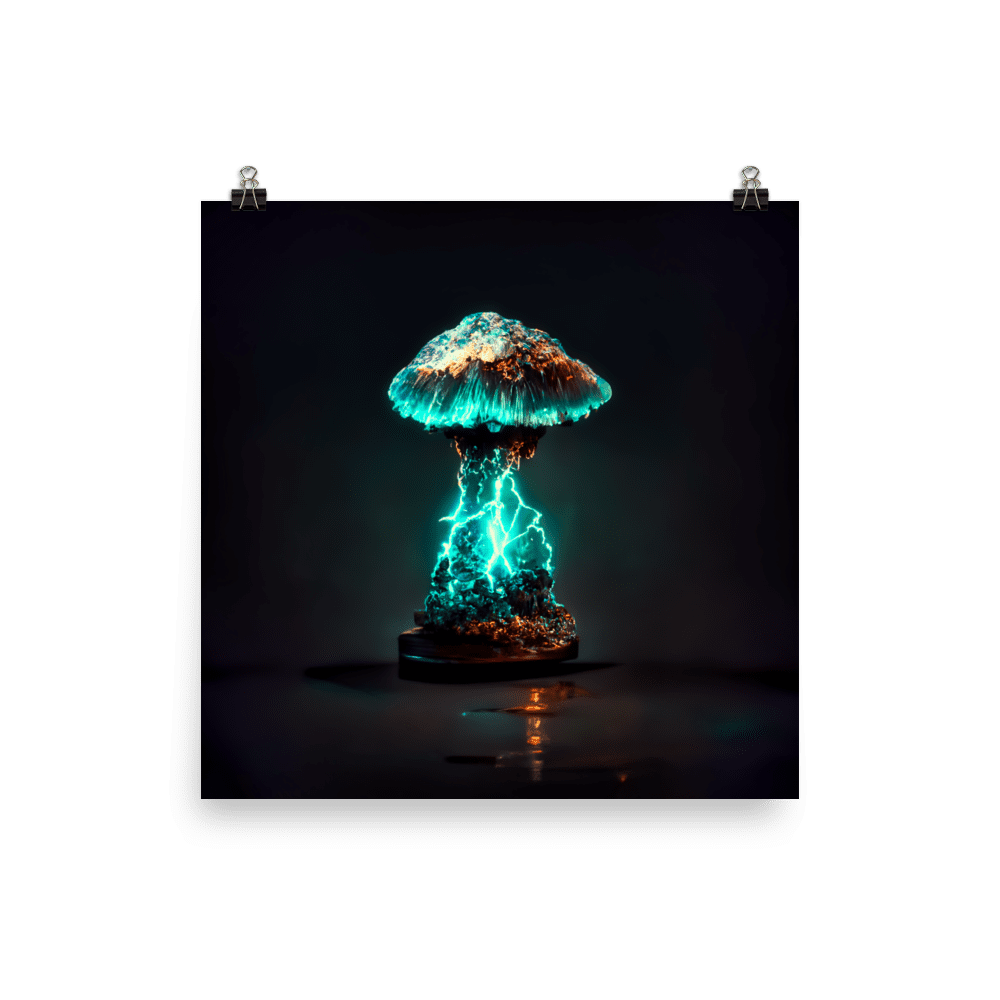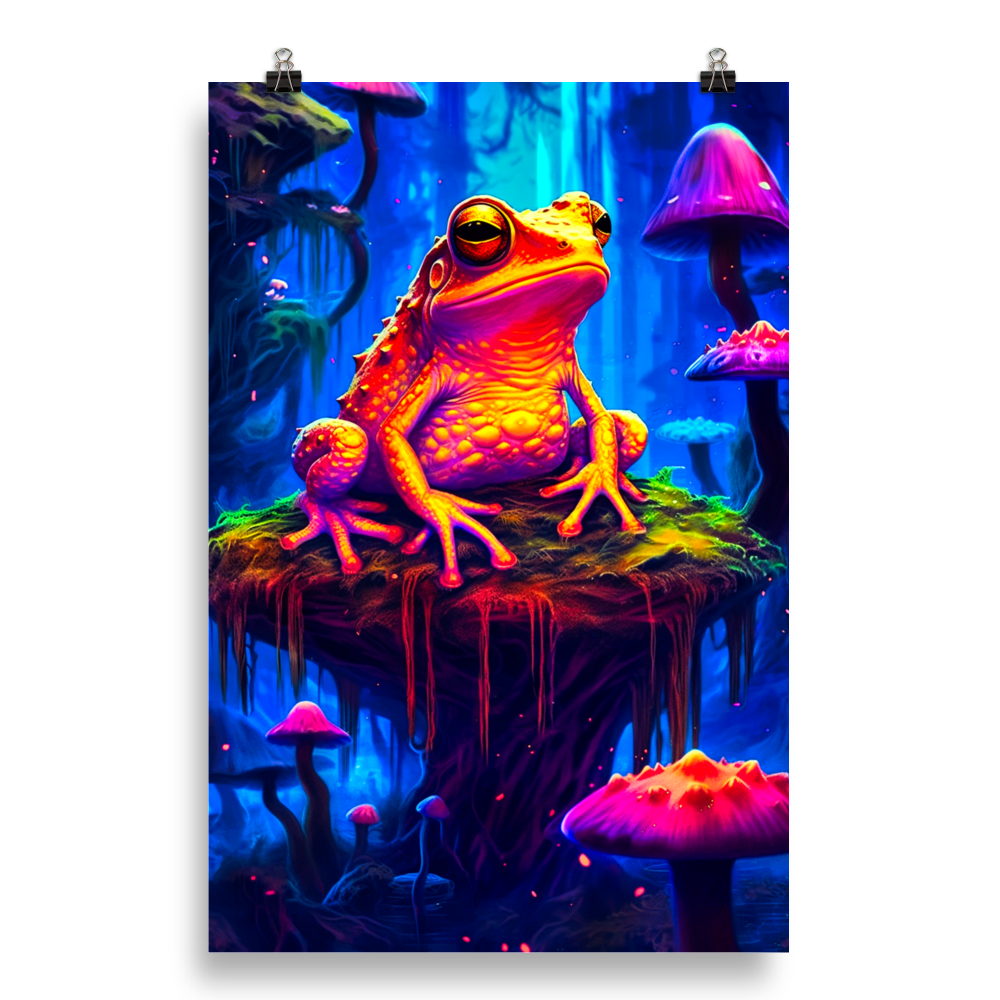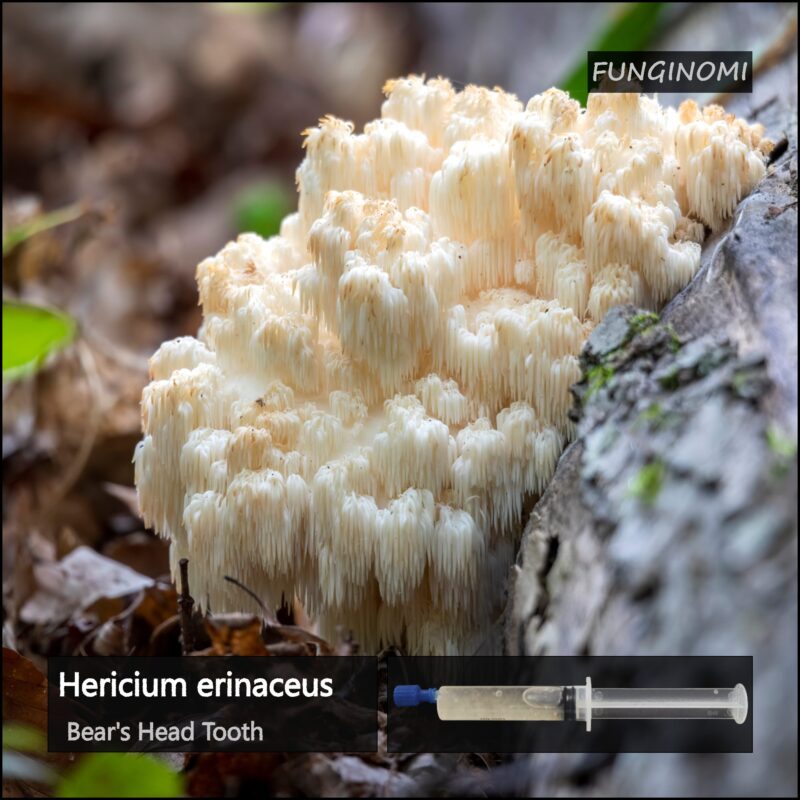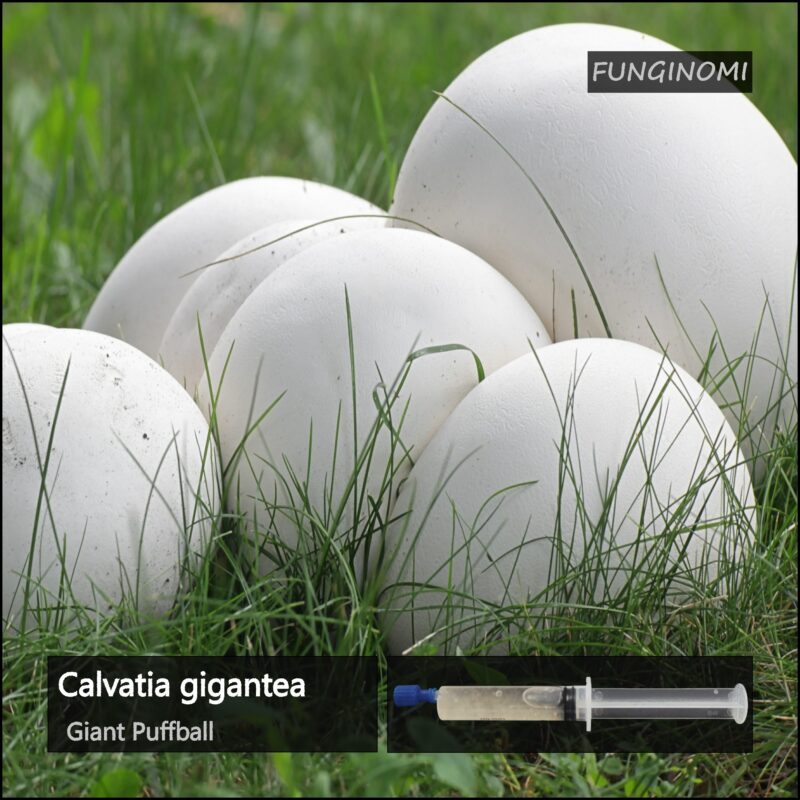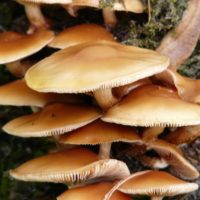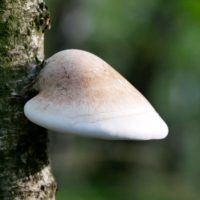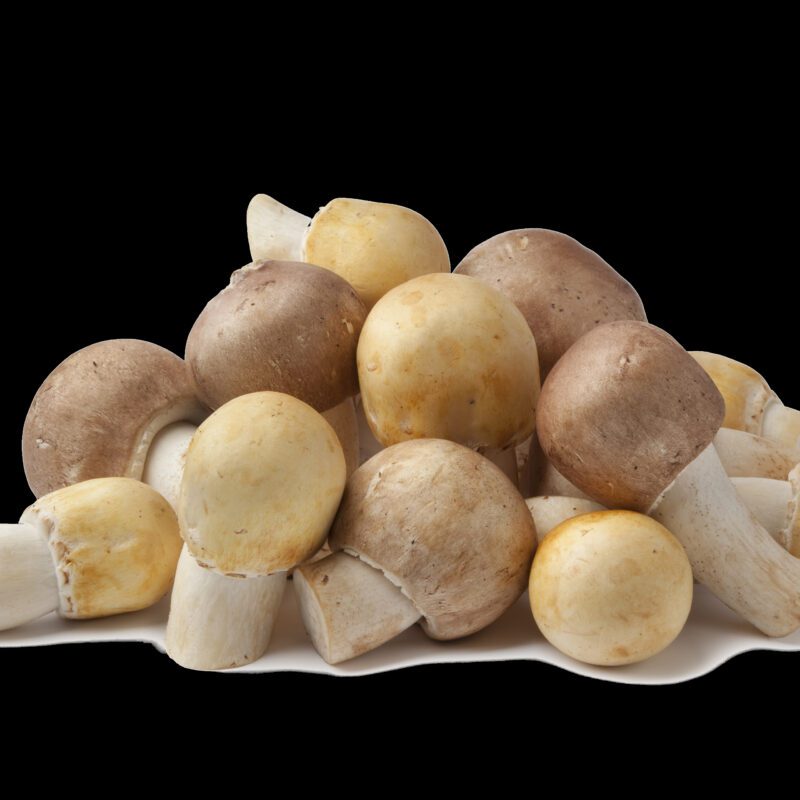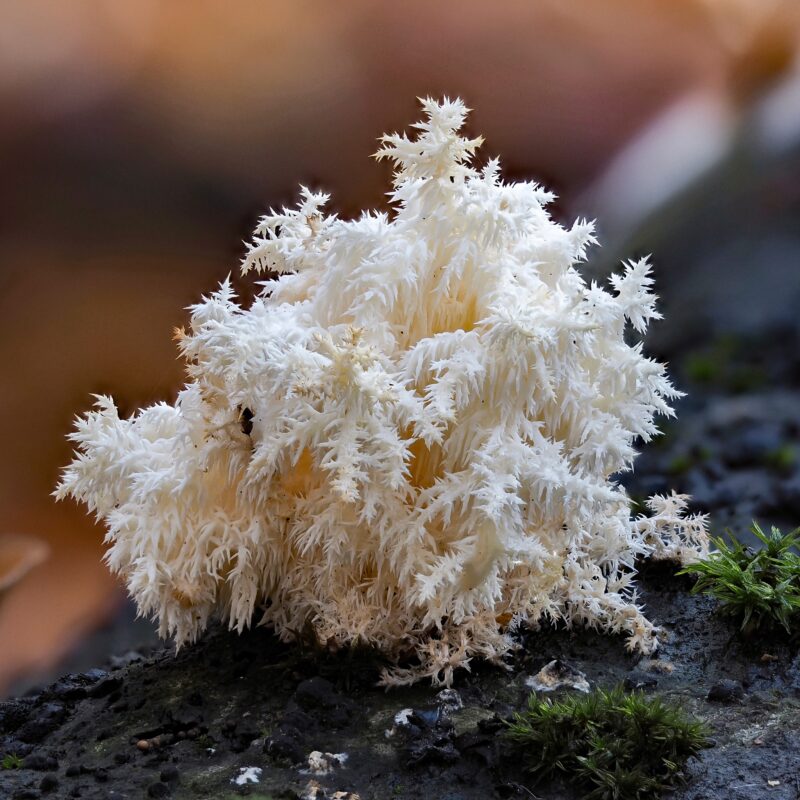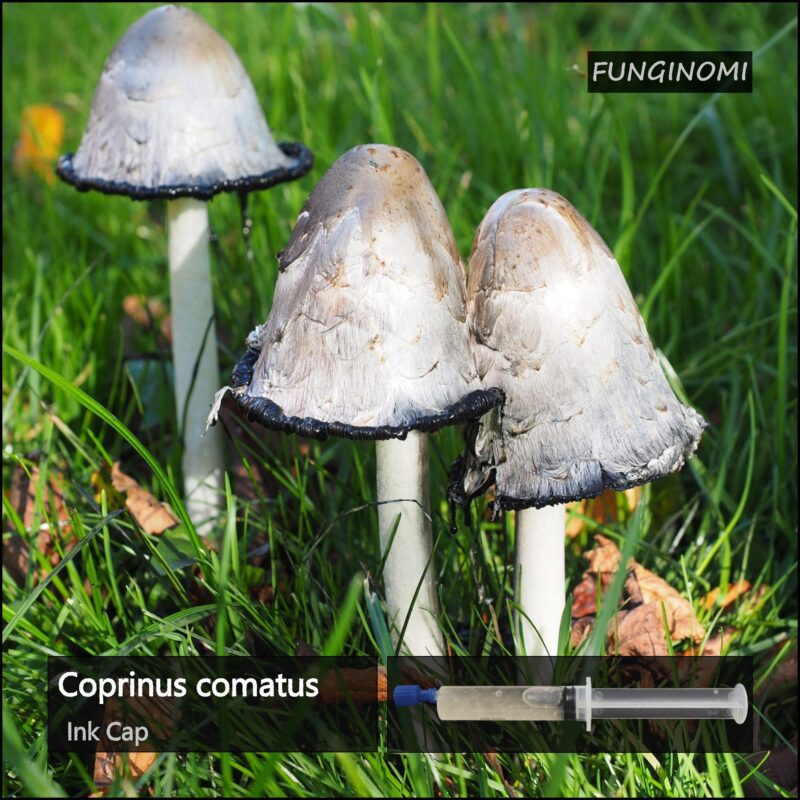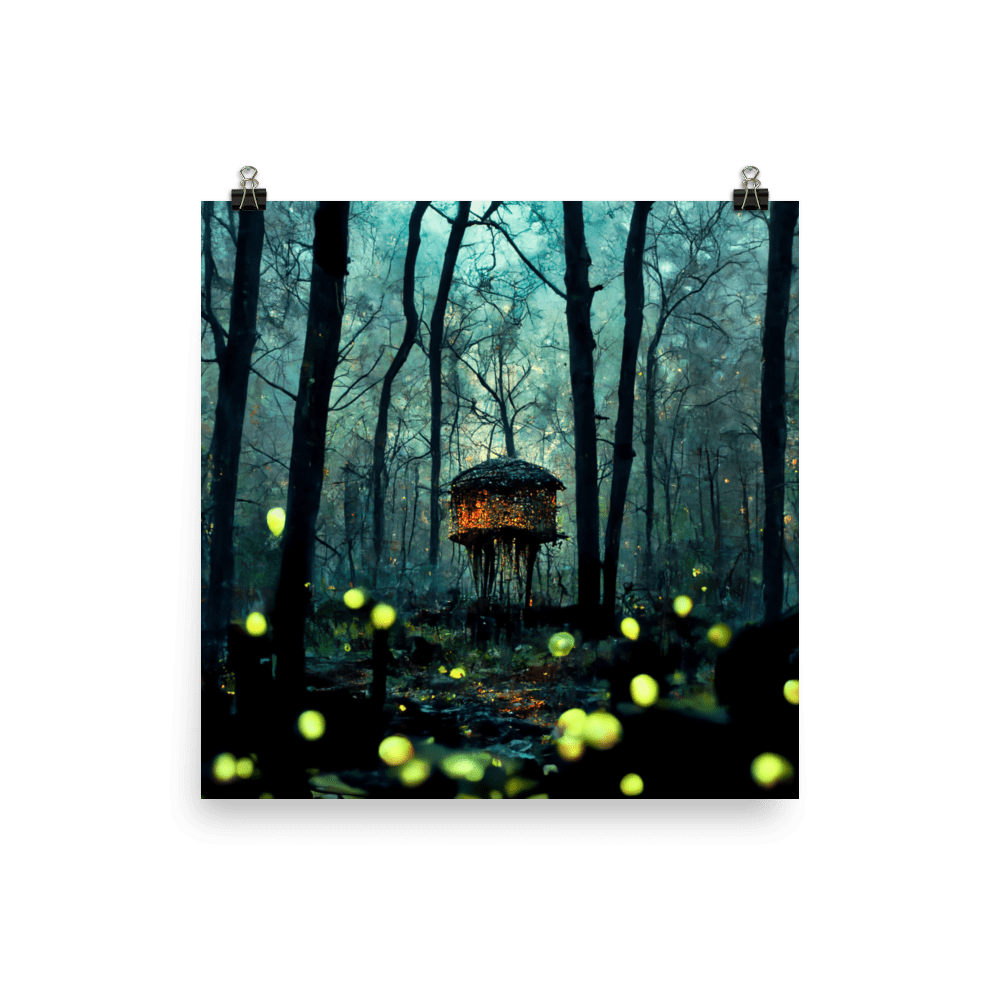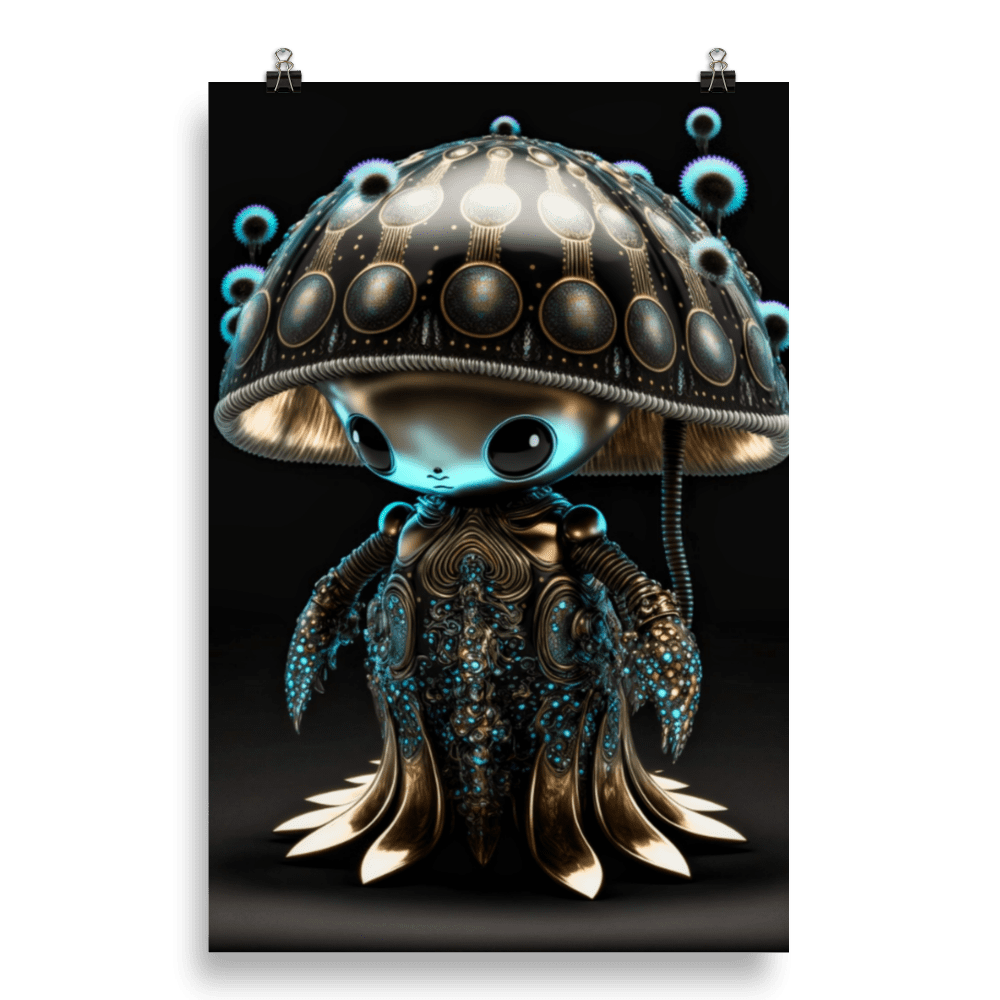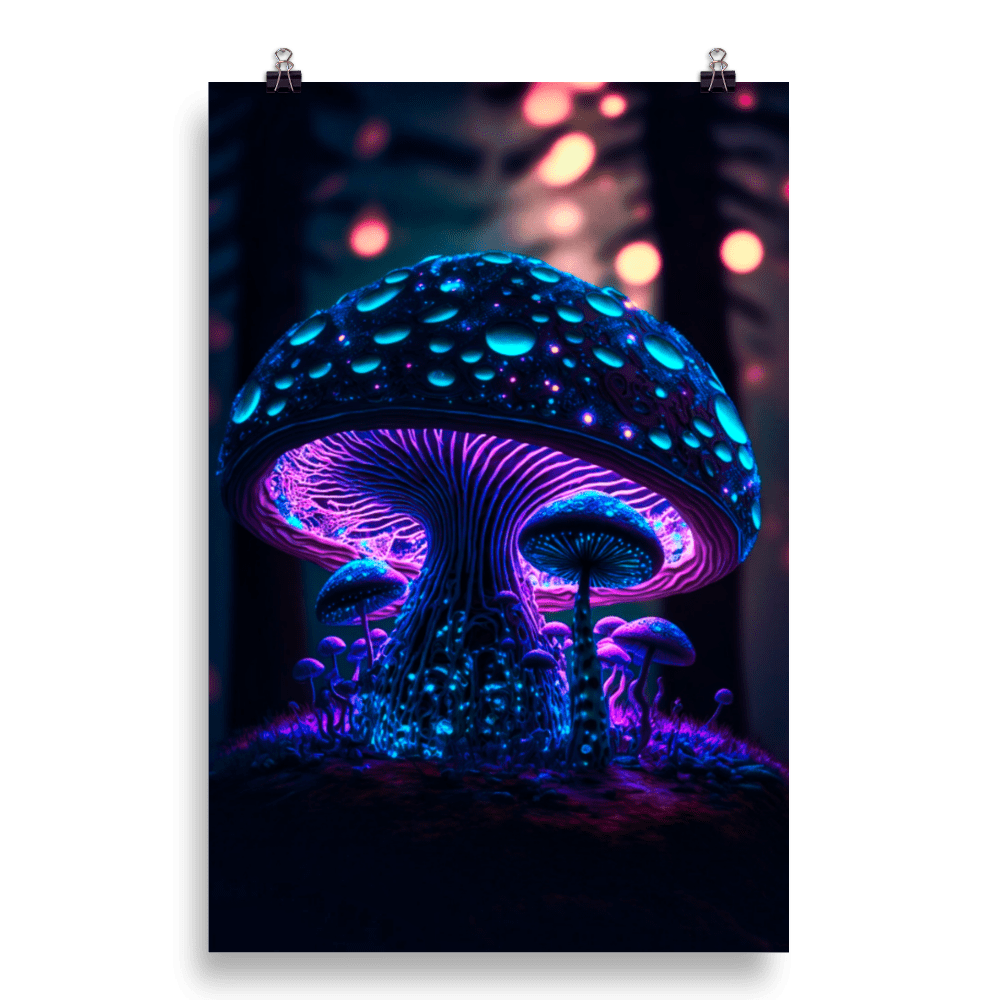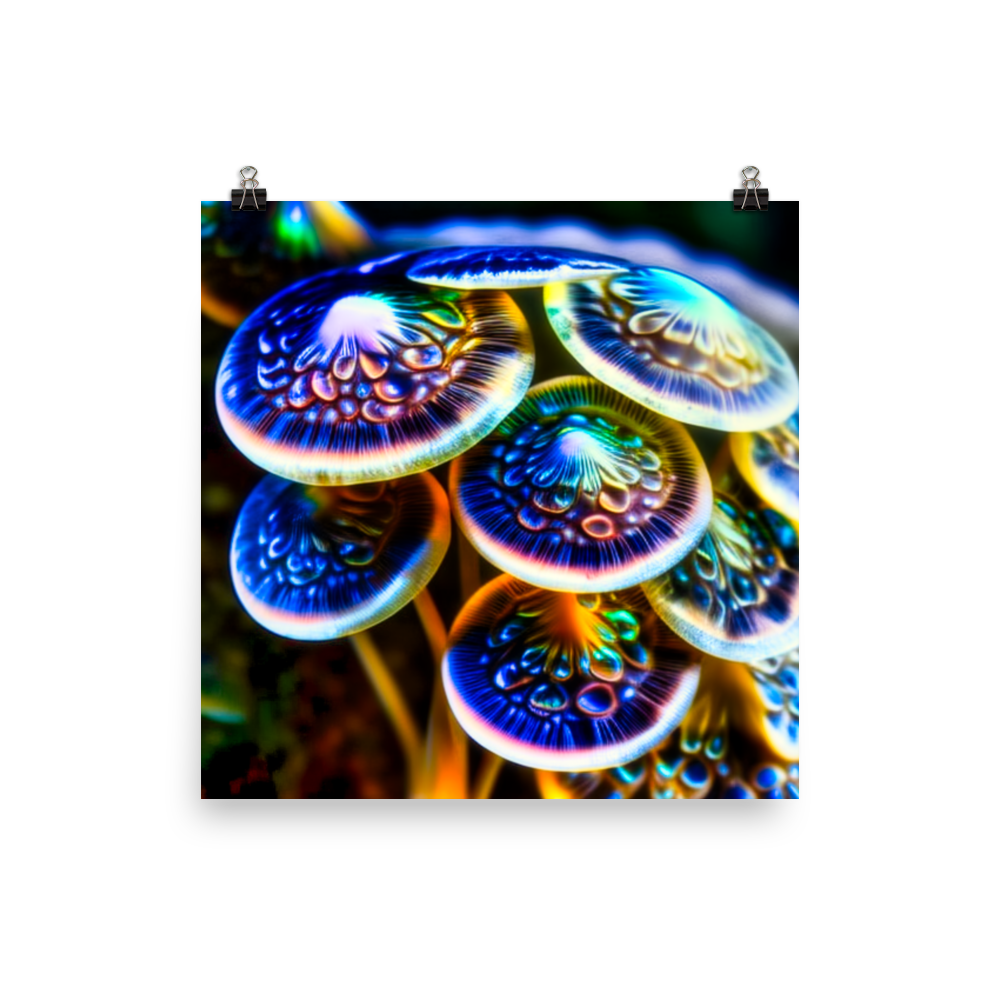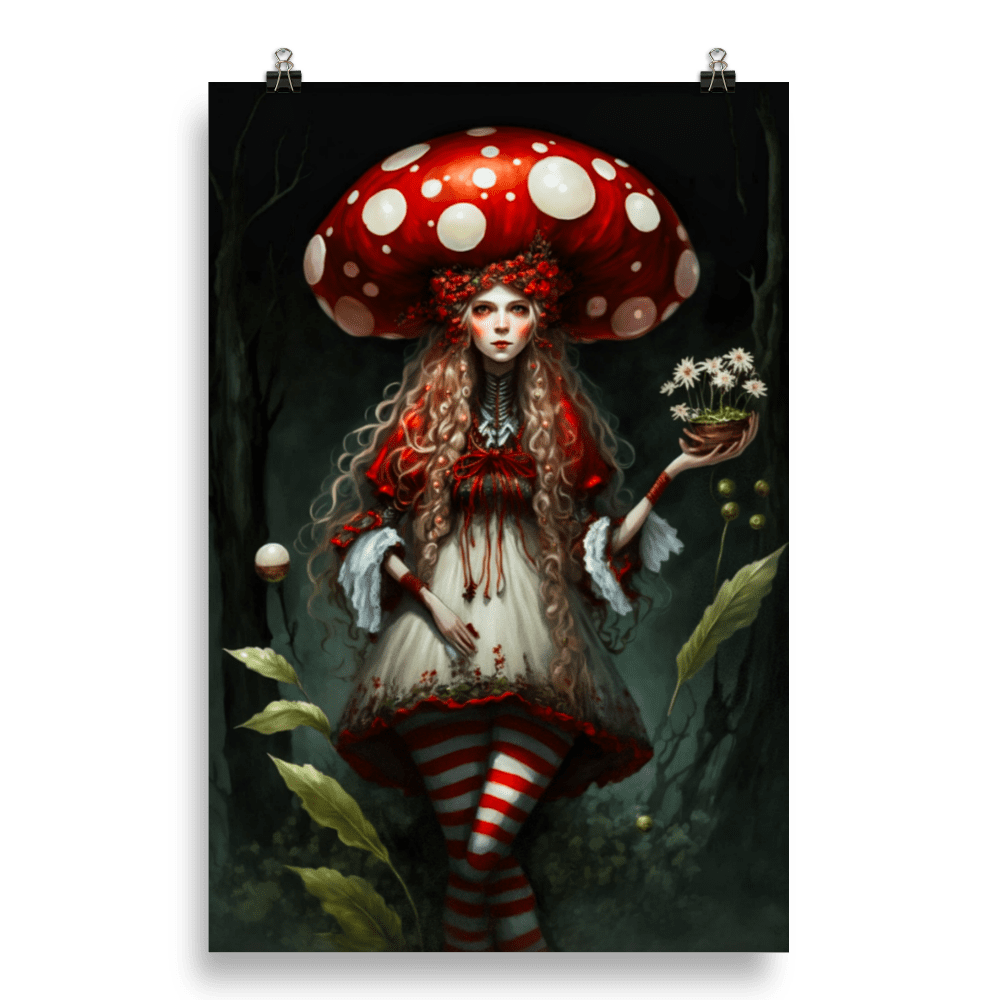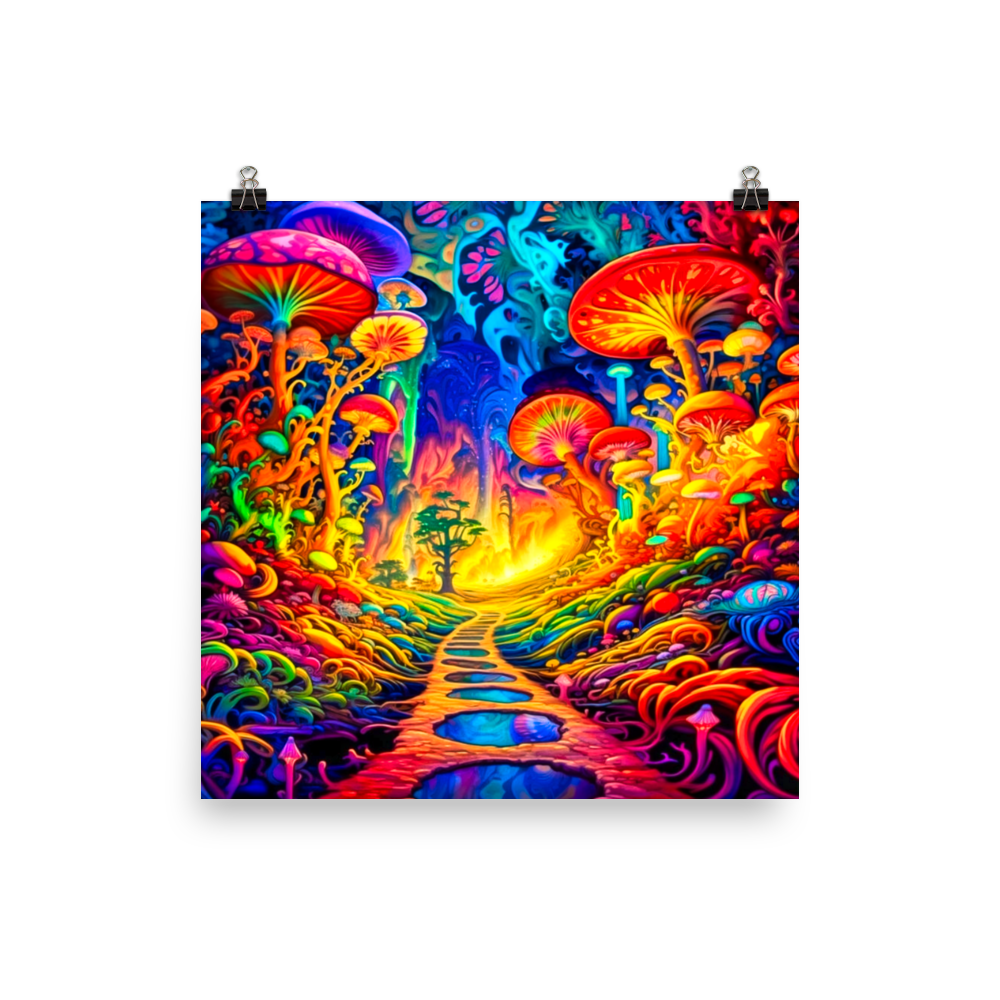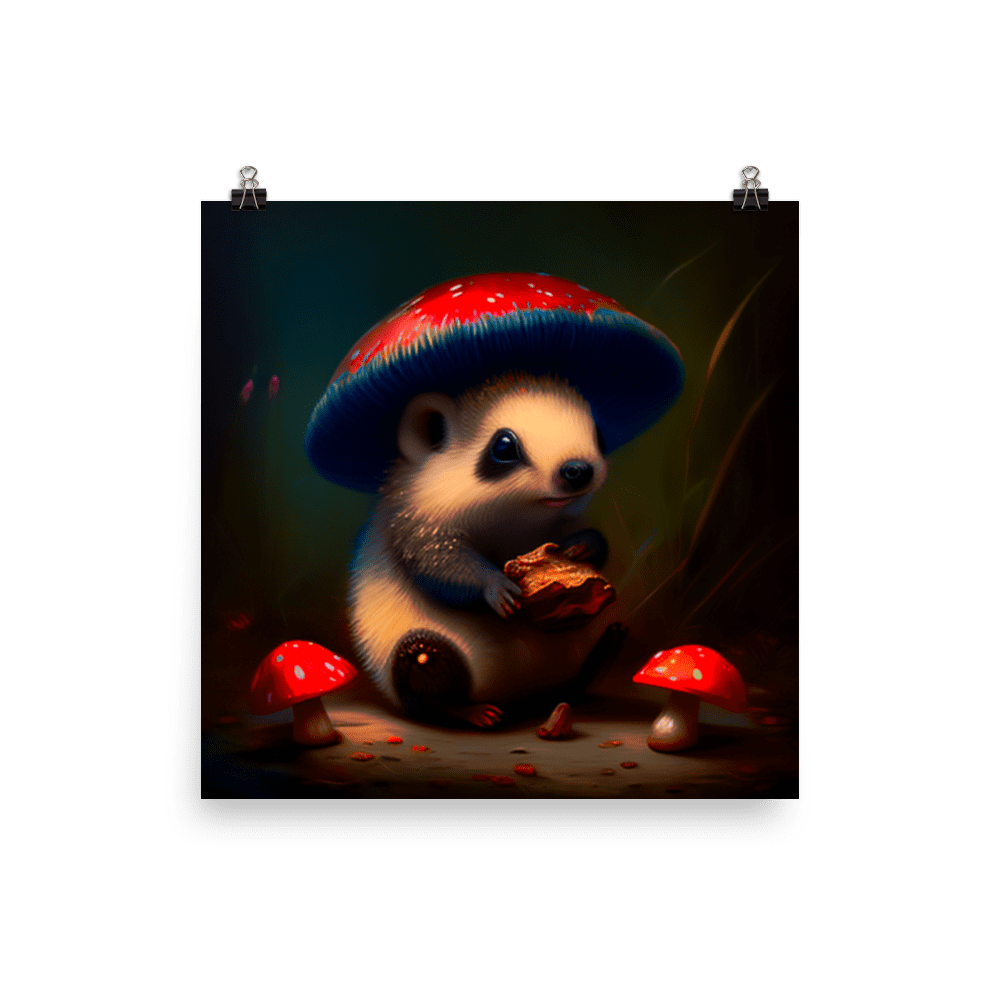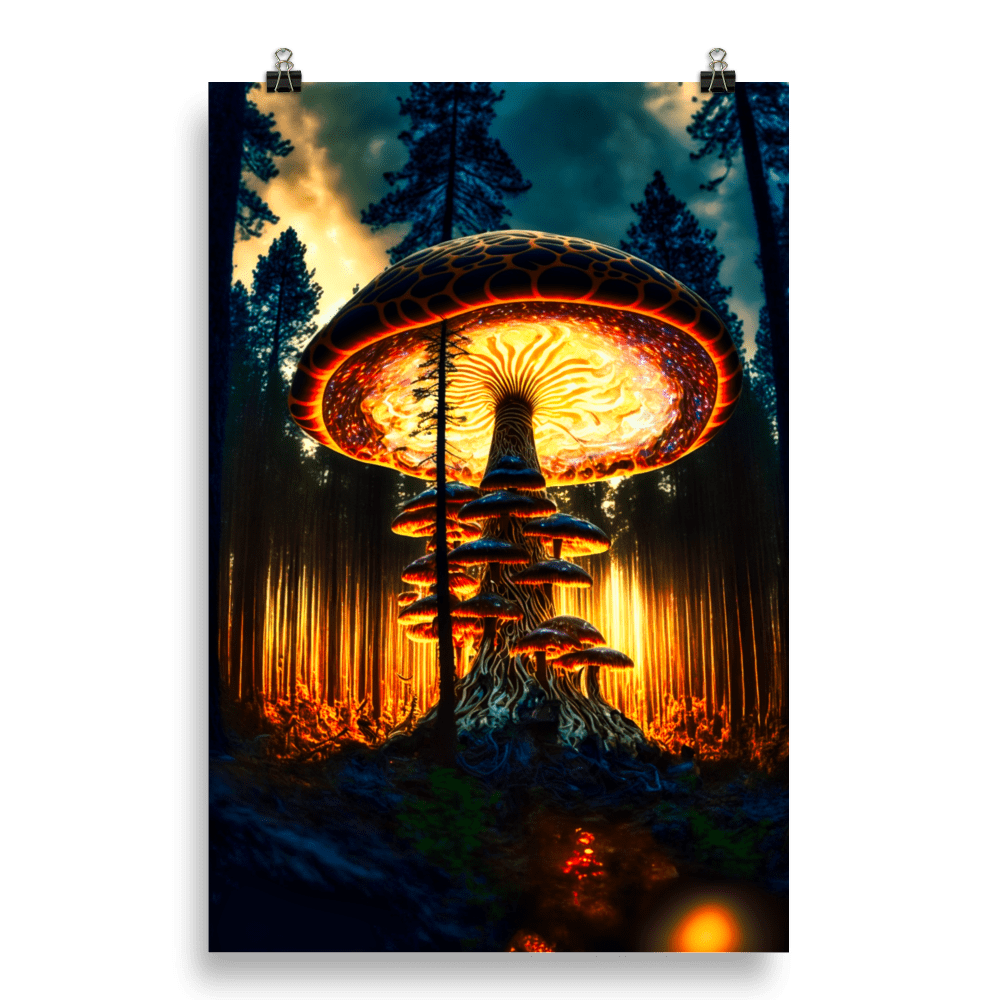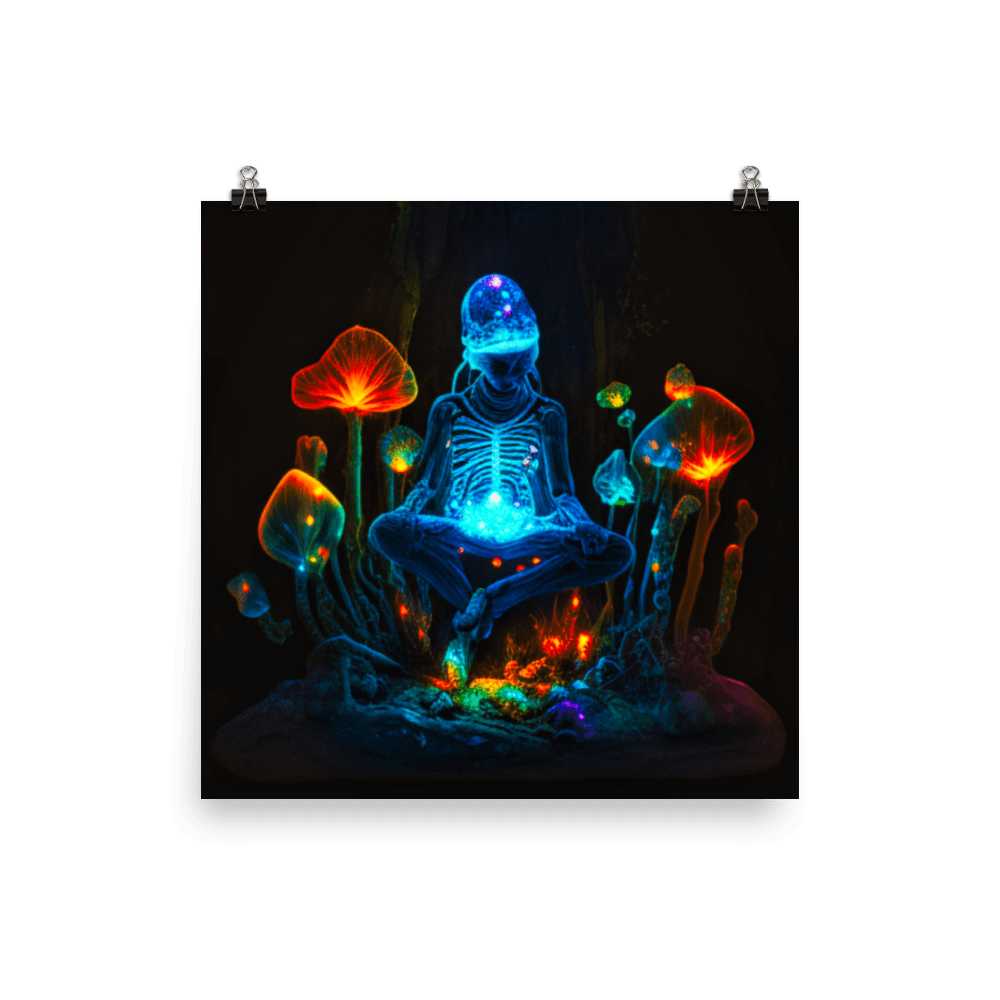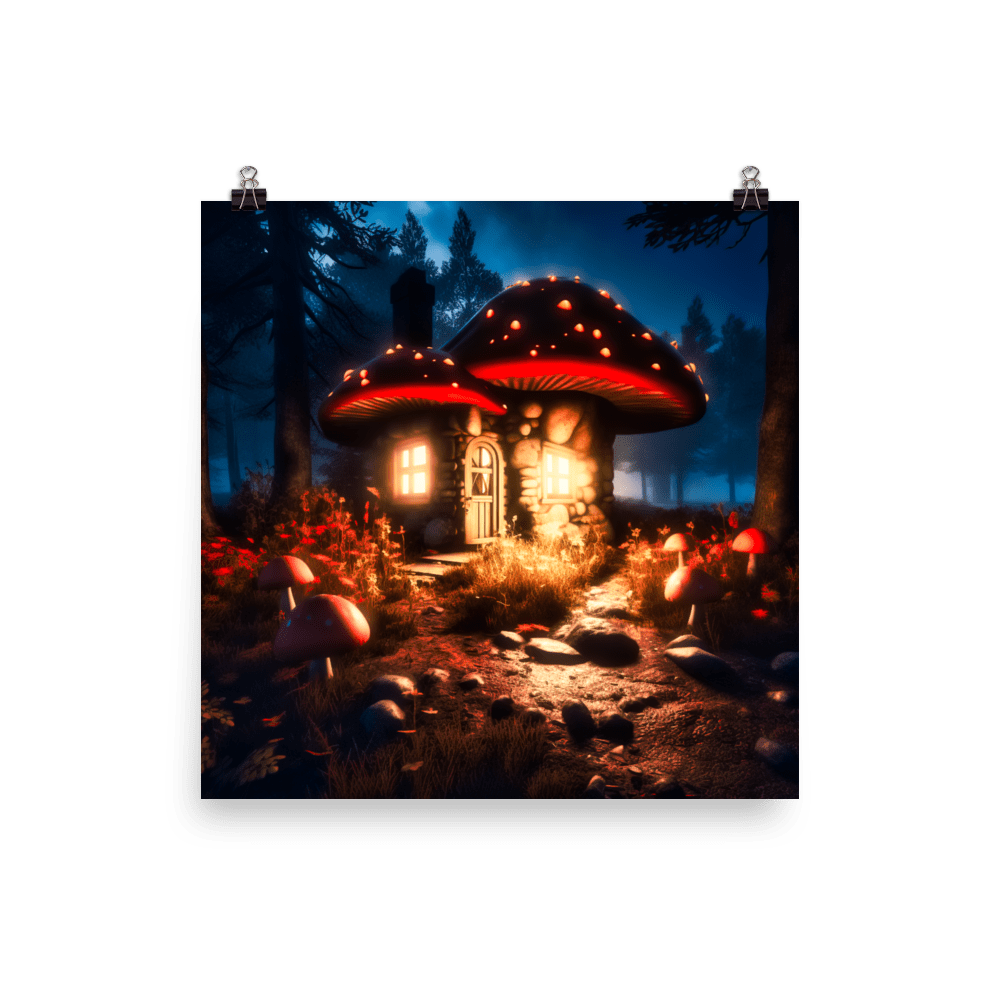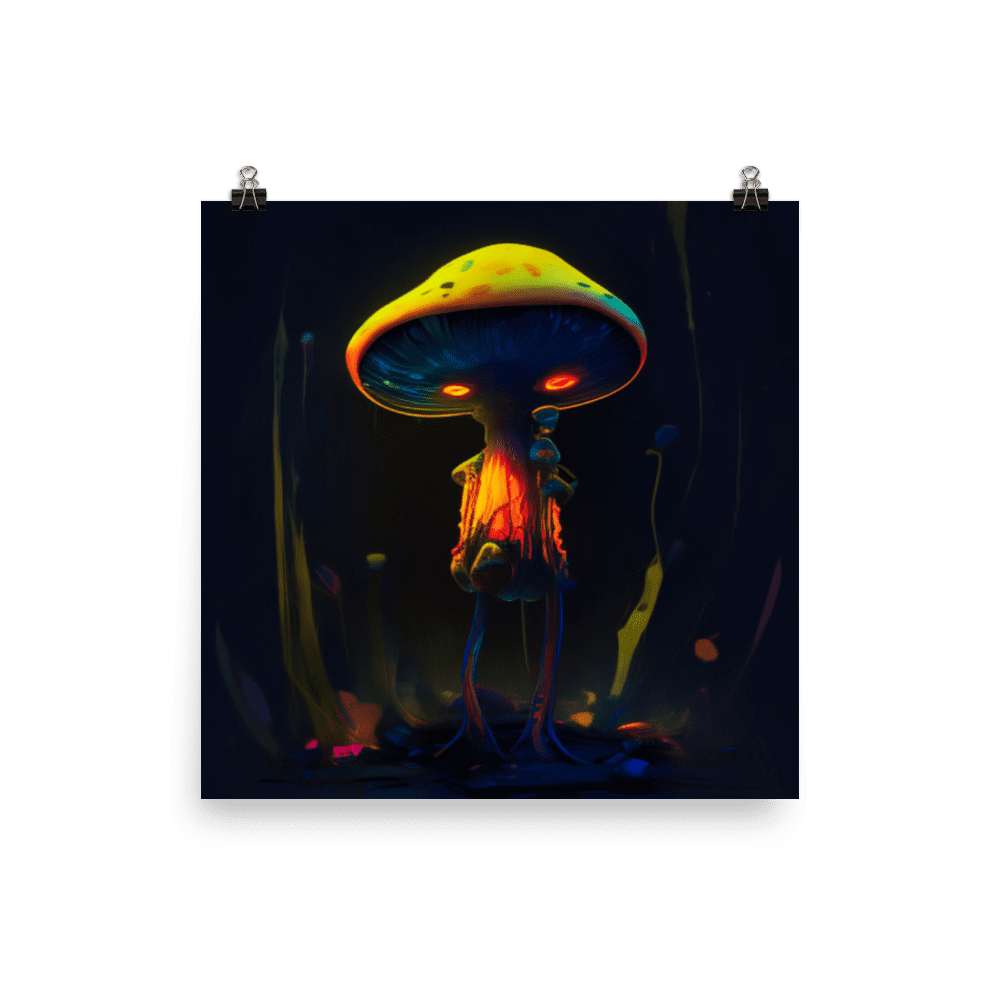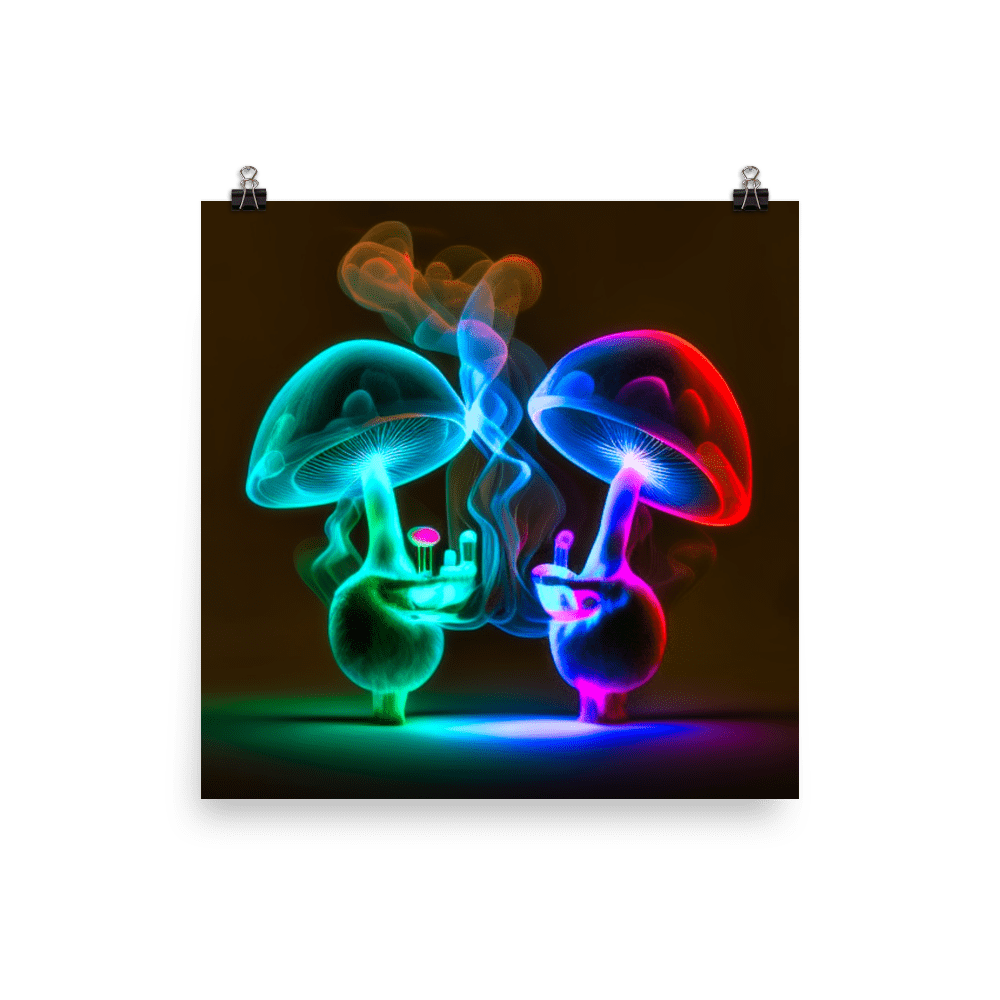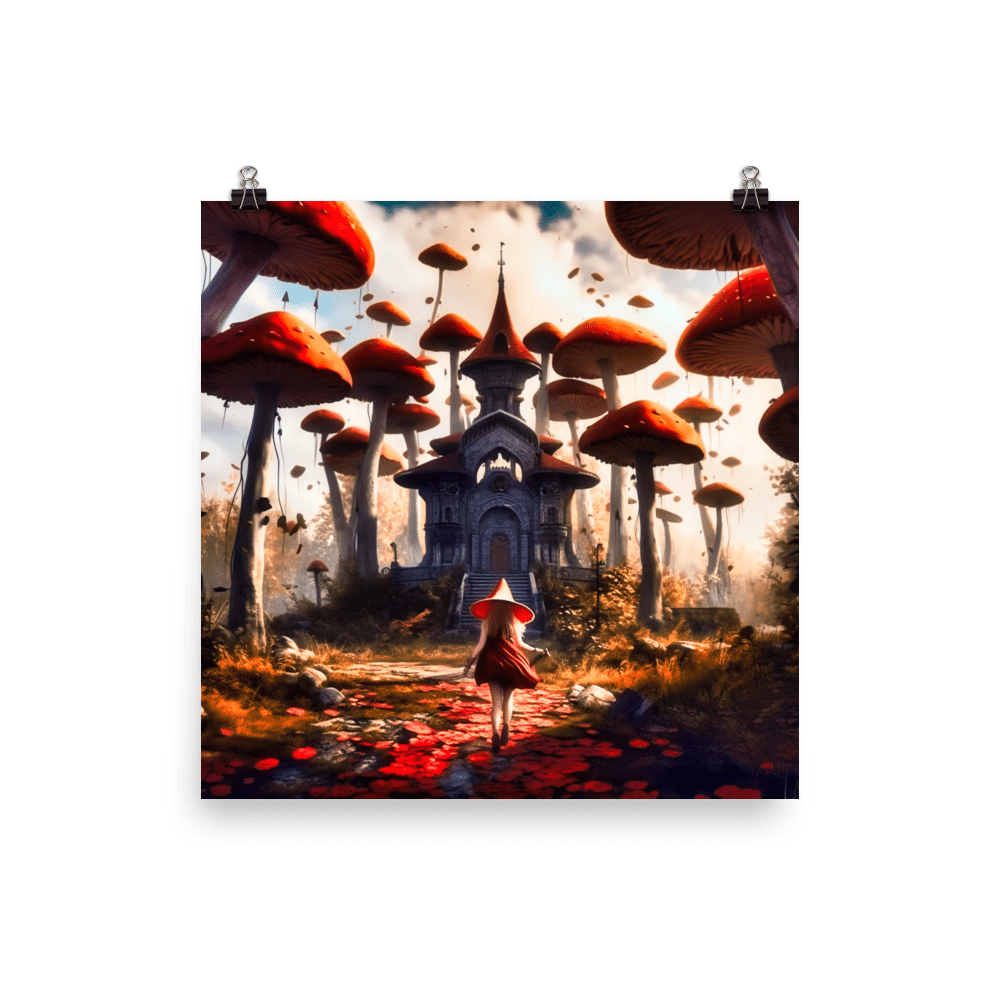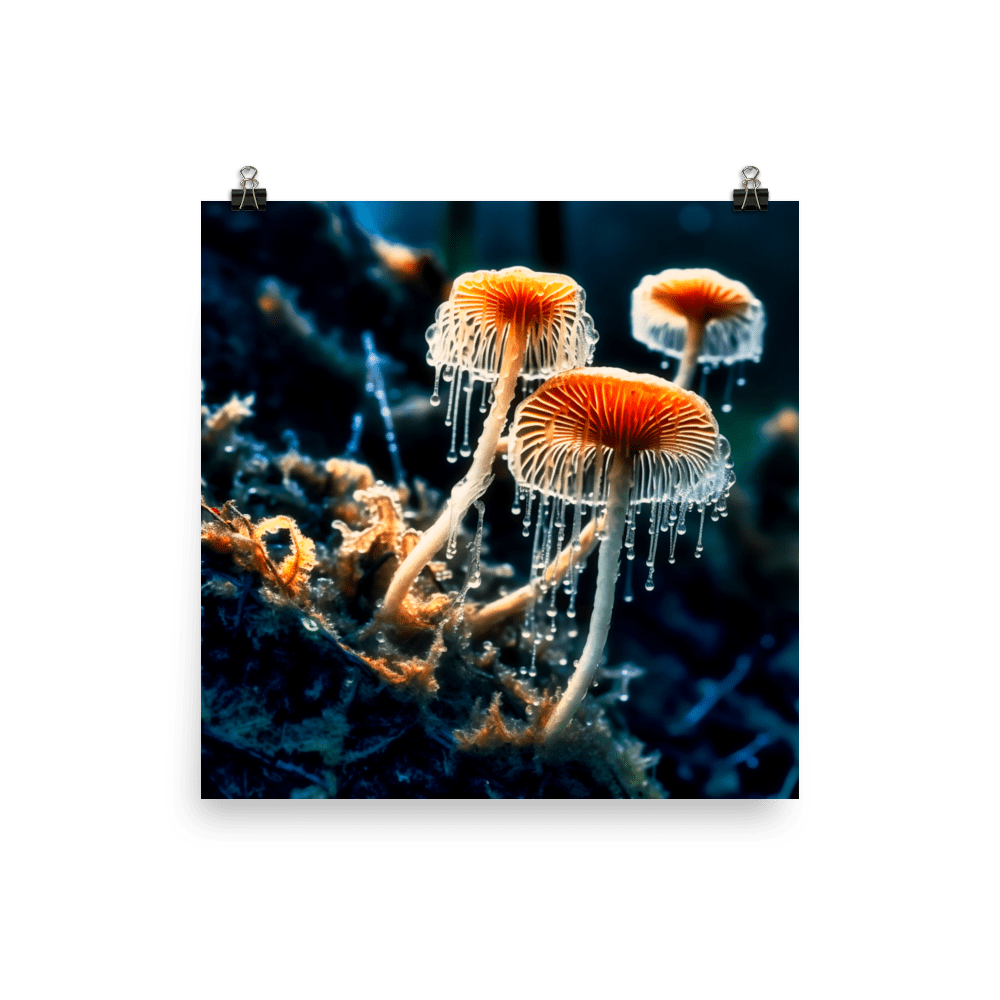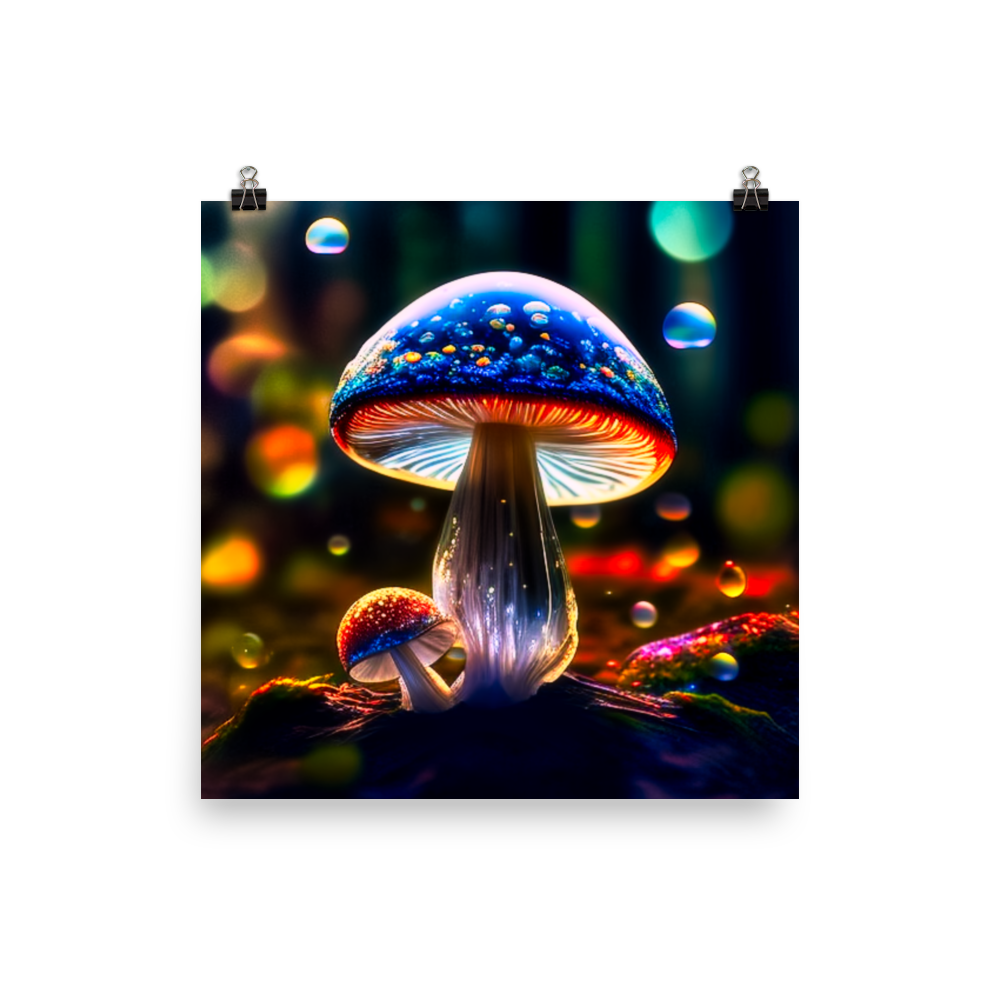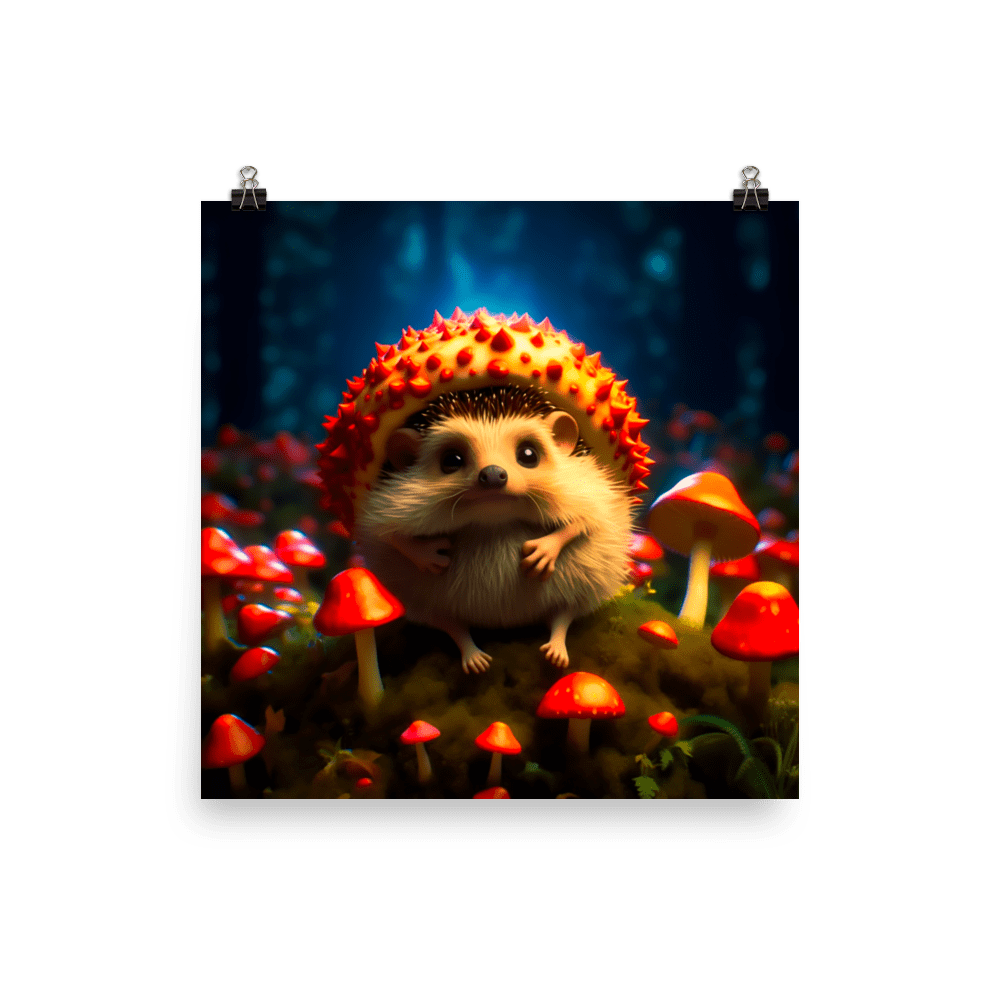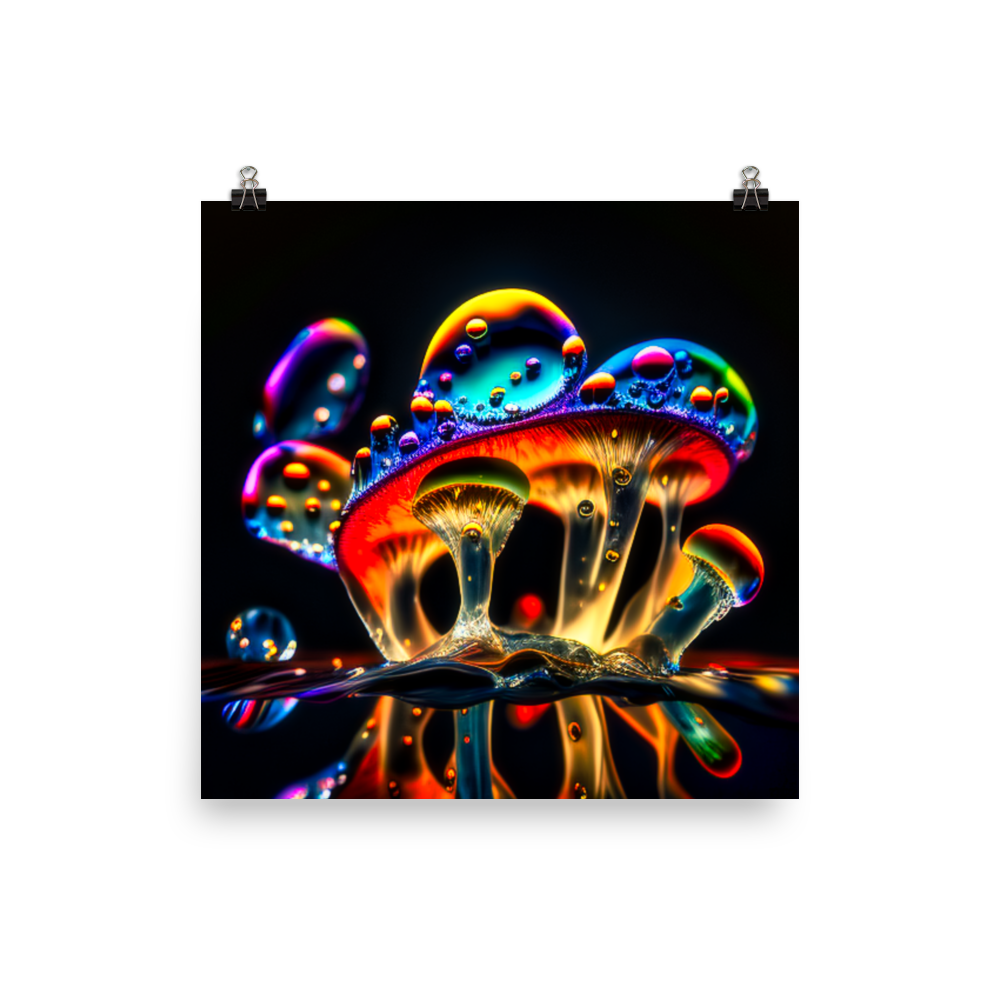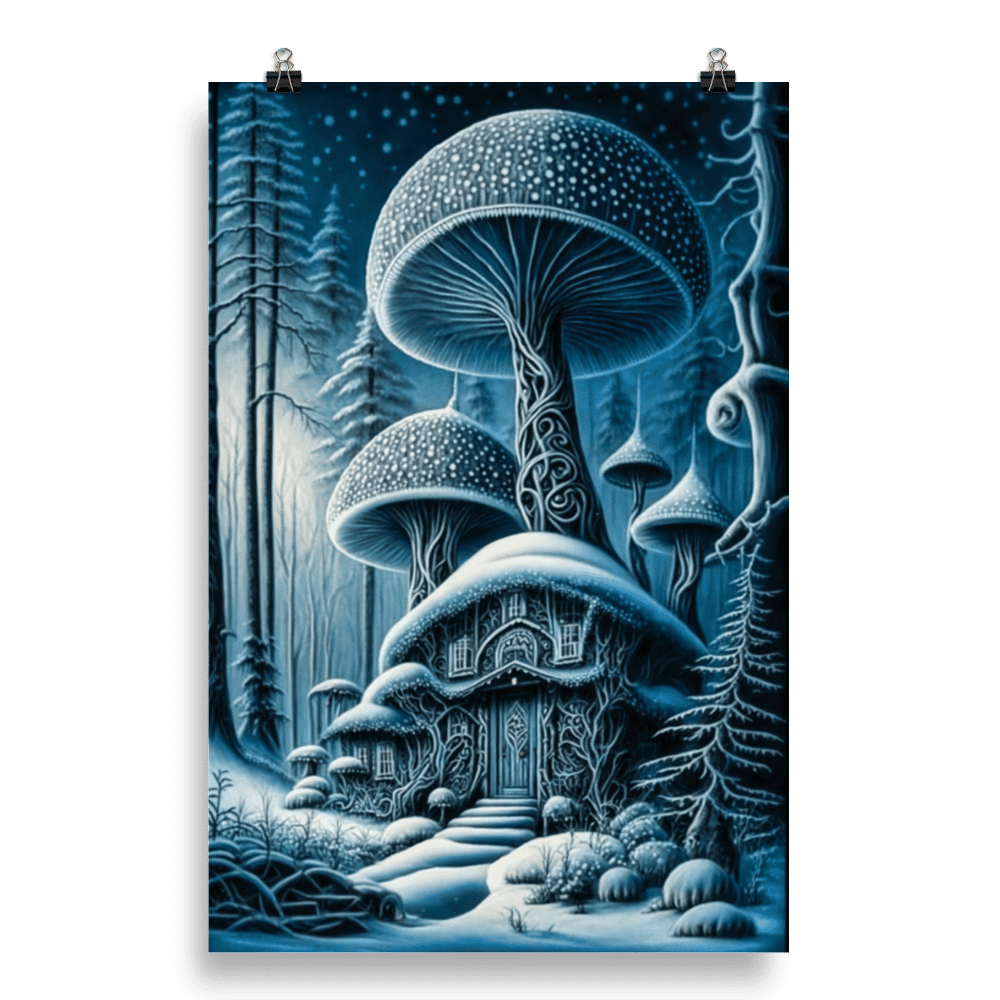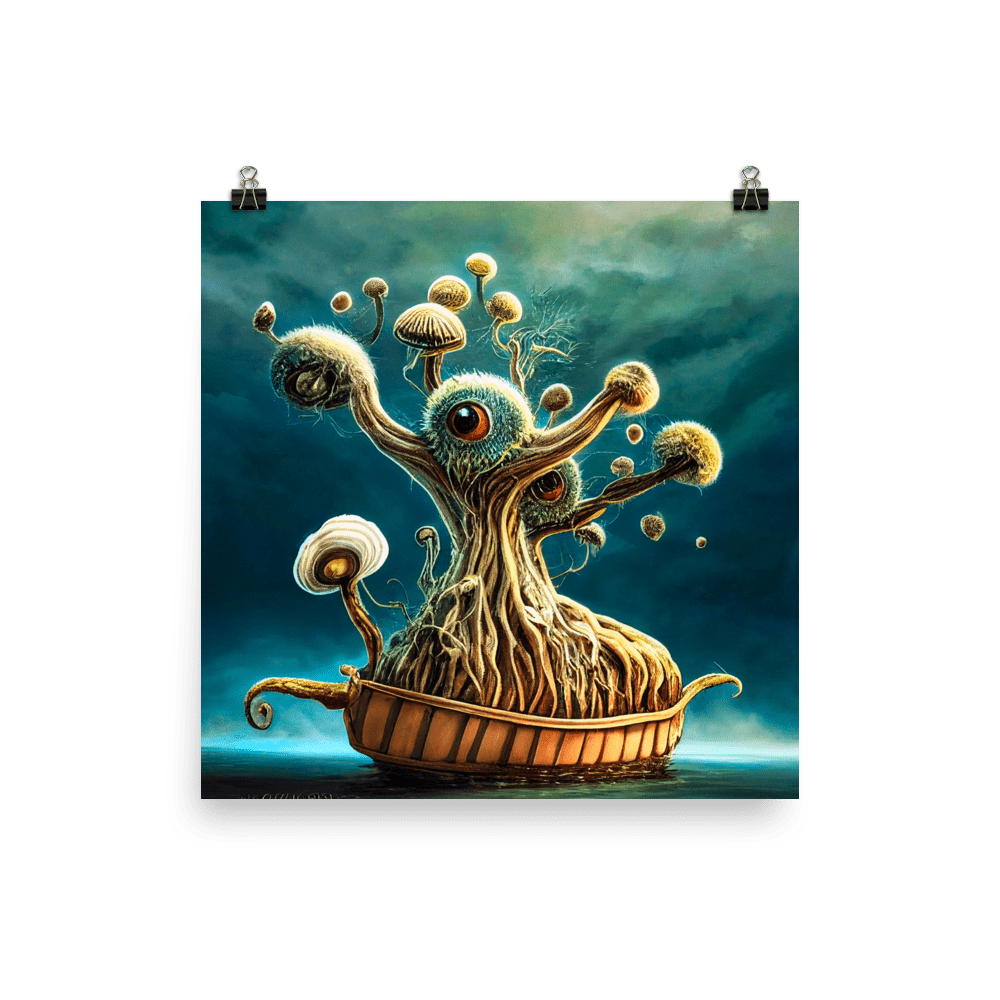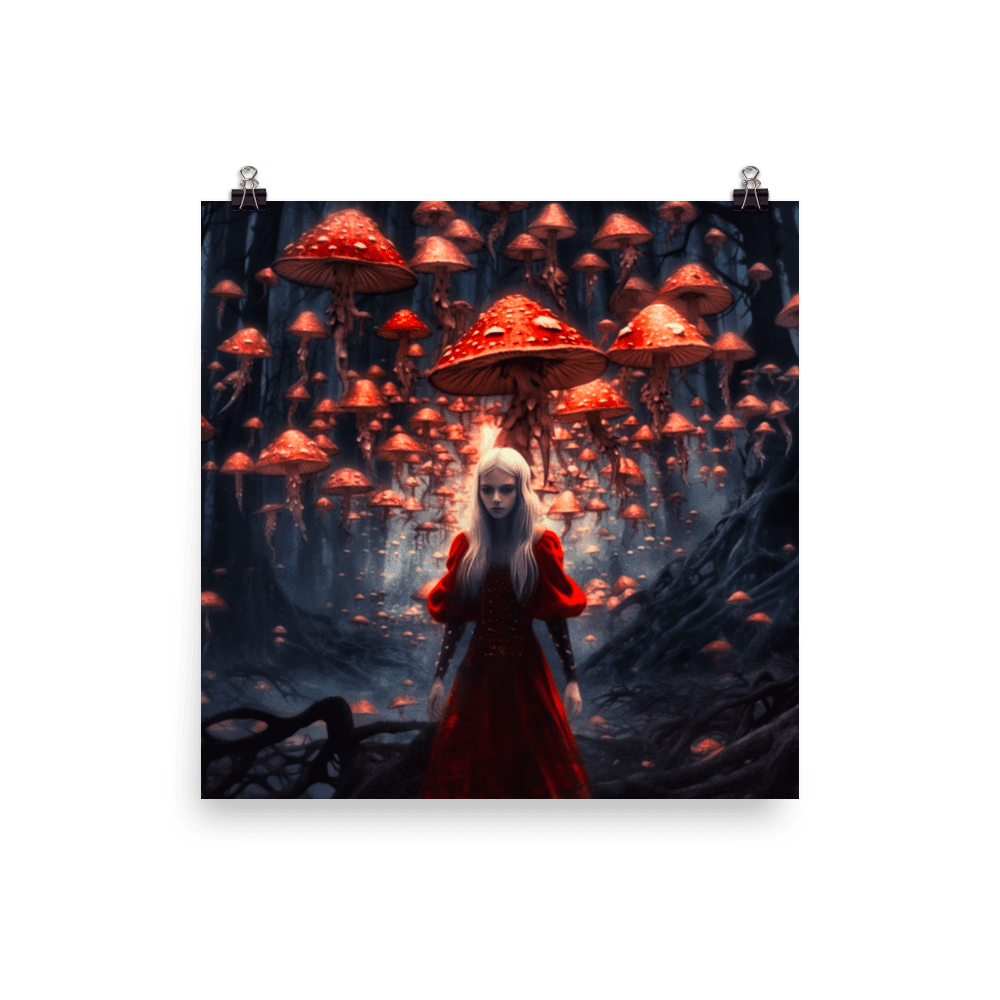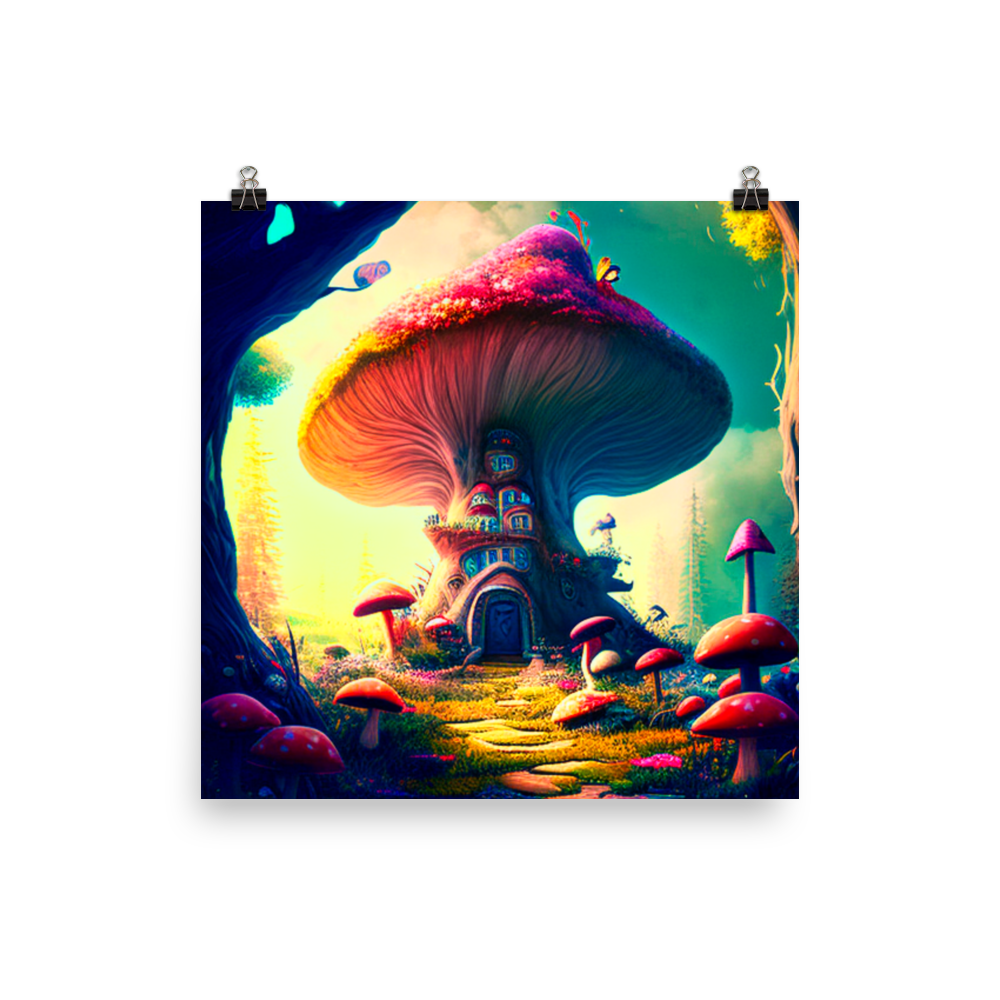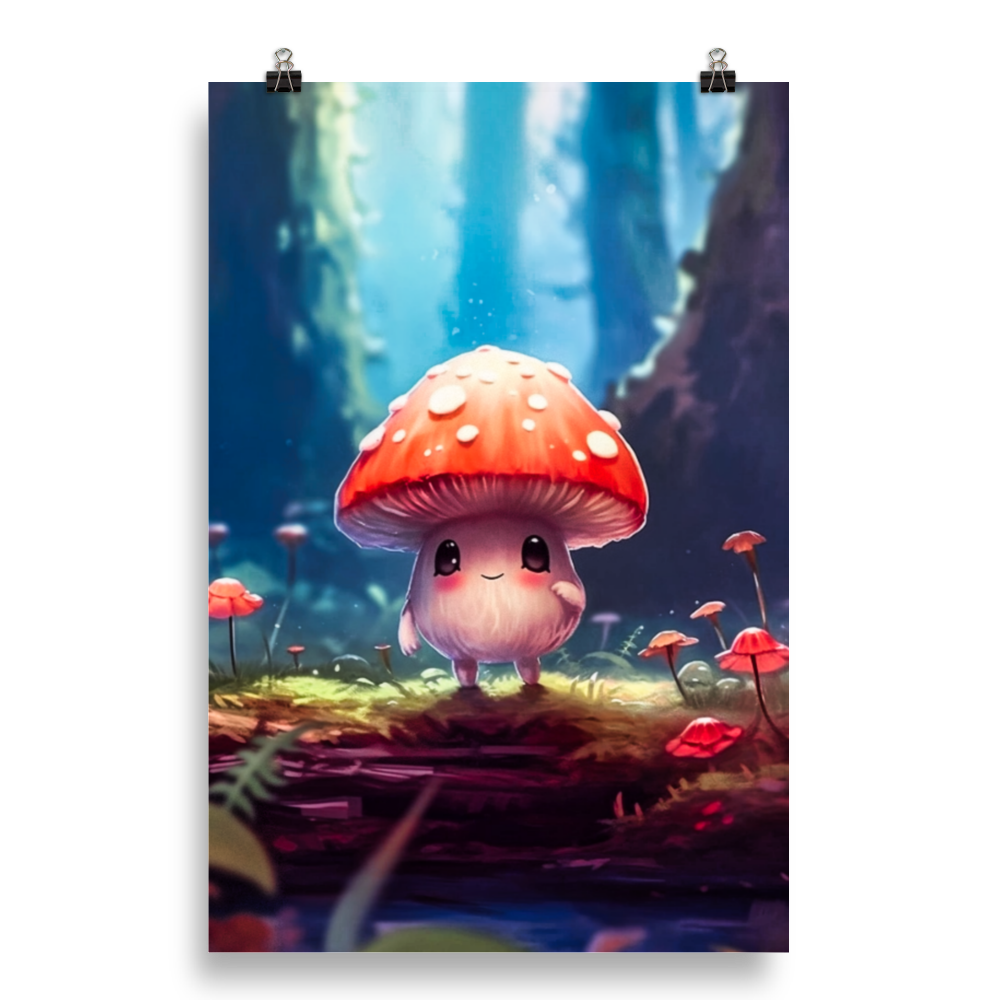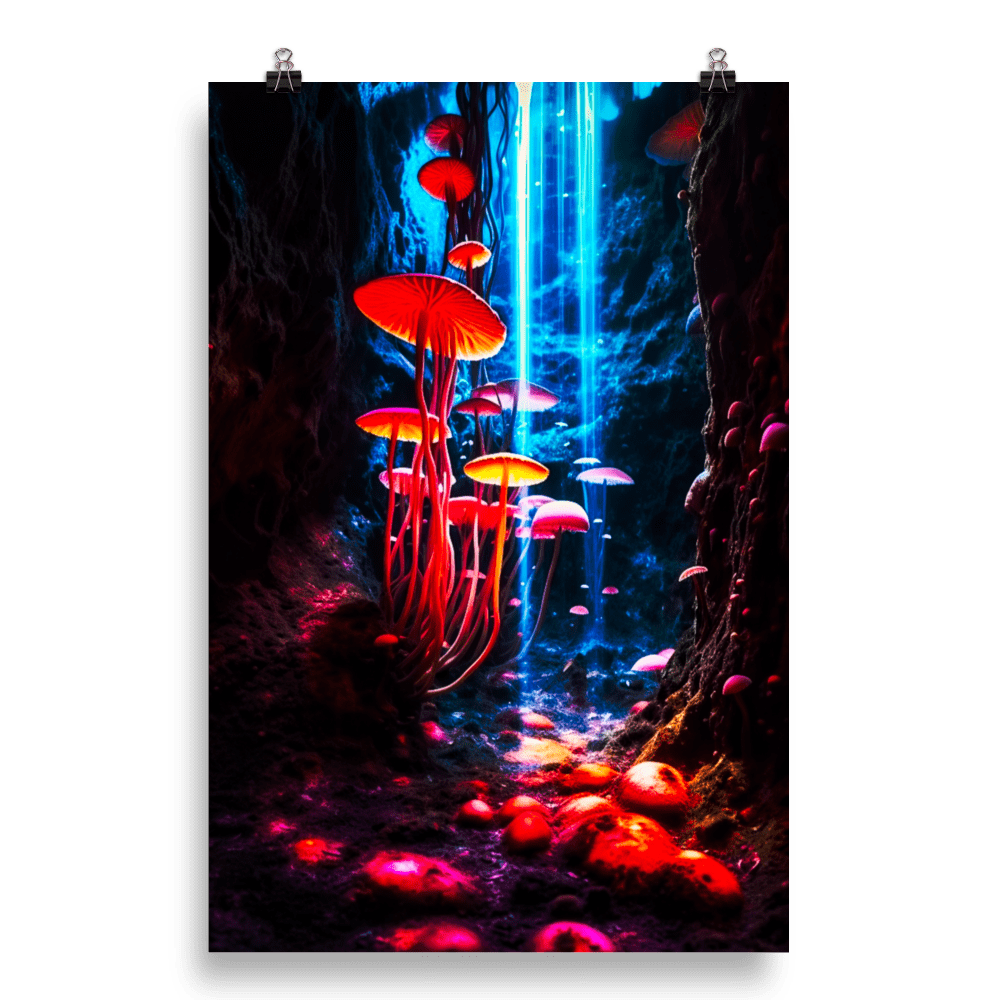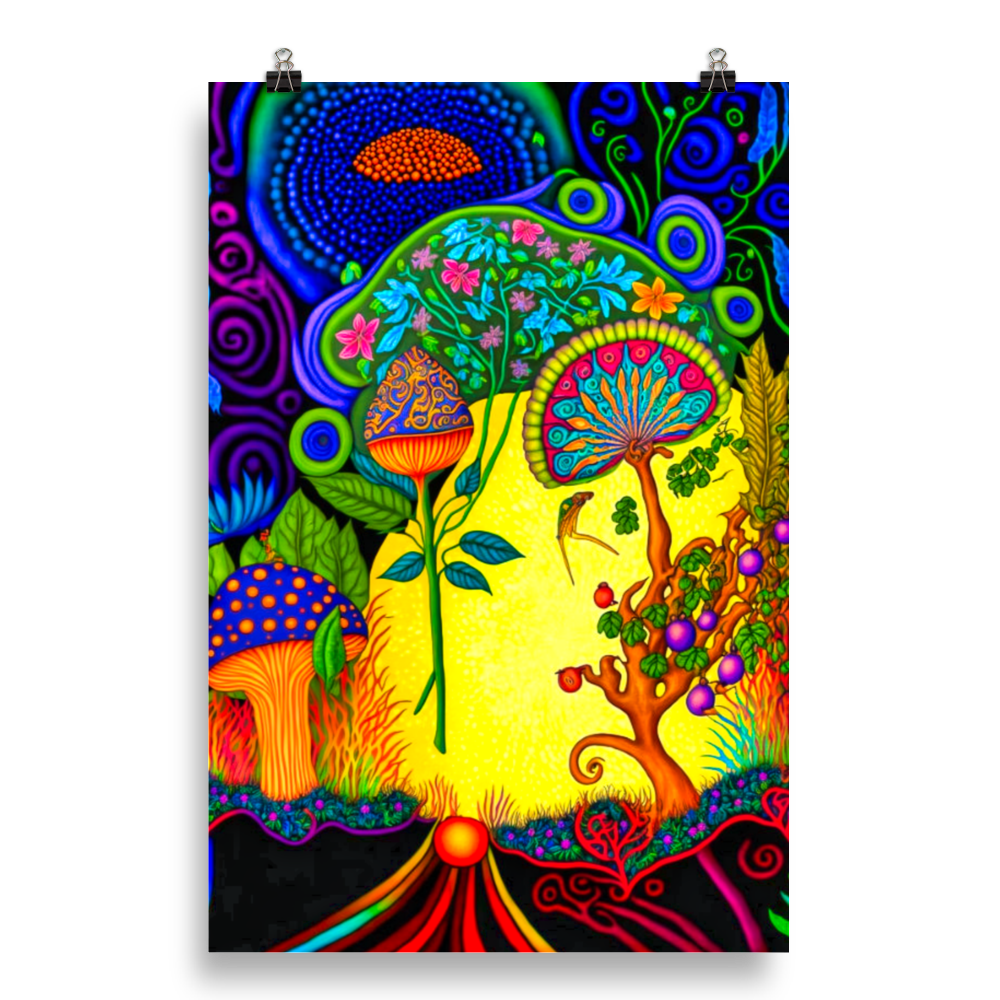Europe’s Shrooms
Psilocybin Mushroom Species
Climate
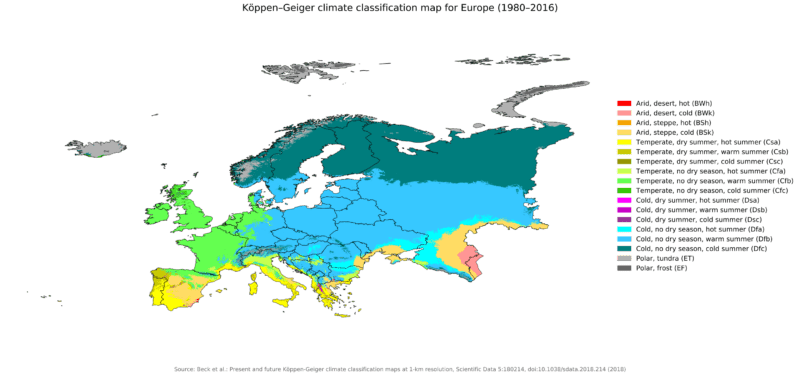
© Koppen-Geiger
Temperate latitudes prevail here. The climate in Europe is milder compared to areas of the same geographical latitude in other parts of the world due to the influence of the relatively warm Gulf Stream.
In much of Western Europe, mild winters are contrasted with cool summers. In areas far from the sea, that is, also due to its compensatory climatic influence, the temperature differences are greater in the different seasons. In most of Eastern Europe, the lack of sea in the immediate vicinity means that the climate is predominantly continental. Cold winters and hot summers predominate in these regions.
In the areas near the Mediterranean there is a predominantly Mediterranean climate with subtropical winter rains. Very hot and dry summers are followed by mild and z. T. rainy winters. The average air temperature in summer is between 22 ° C in the west and 27 ° C in the eastern Mediterranean. In winter between 8 ° C in the Aegean, while the northern border of the Mediterranean Sea near Venice has January temperatures of only 3 ° C.
In northern Europe there is an arctic climate, in the southeast on the Volga, on the other hand, a continental climate with hot summers and little rainfall.For example, there is still snow in Lapland, while there are complaints about the summer heat in Sicily, it rains continuously in the Shetland Islands and Andalusia is plagued by years of drought.
Psilocybin species sorted by Region
Gymnopilus
Gymnopilus is a genus of gill fungi within the Strophariaceae mushroom family that contains about 200 species of rusty orange spored mushrooms, previously divided into Pholiota and the nonexistent genus Flammula. The fruiting body is typically reddish brown to rusty orange to yellow, medium to large in size, often with a well developed veil. Flammulina lives on deadwood, earth, raw humus, peat, charred wood and burned lands. One kind populates pastureland. They rarely grow in large quantities, they can be parasitic on the roots or base of tree trunks. Members of Pholiota and Cortinarius are easy to confuse with Gymnopilus and Galerina, which contain poisonous and deadly species.
The name means naked pileus.
Gymnopilus purpuratus
Natural habitat:
-dead hardwood & cornifiers
-small clusters, lonely or grouped
-consequent decomposer

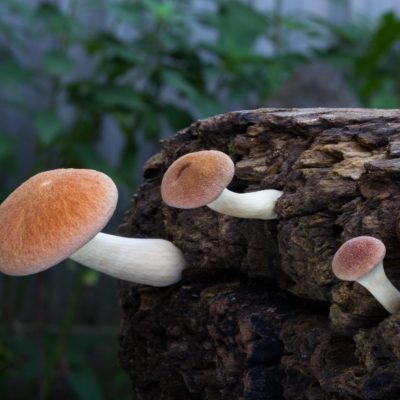
© Mycellenz, Lord Mayonnaise
Gymnopilus spectabilis
Natural habitat:
Summer to autumn
-Mostly hardwood, rarely softwood
-old tree stumps, buried wood
– consequent decomposer / weakness parasite


Gymnopilus aeruginosus

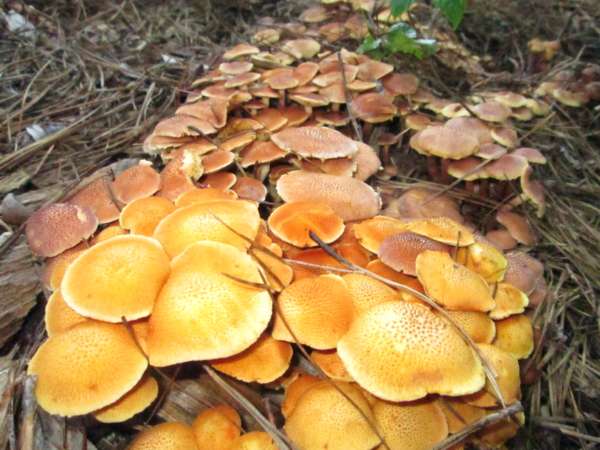
© Atlides
Inocybe
Dictyonema is a diverse group of lichens. There are species with a variety of different shapes, including foliose, crustose and filamentous. Most species grow on earth, stone, moss or rotten tree trunks, one species grows on tree leaves.
Many lichens are a symbiosis between an ascomycete fungus and a photosynthetic green alga. However, a small percentage of lichens (around 10%) are cyano lichens and contain a photosynthetic cyanobacterium instead of green algae and an even smaller percentage (less than 1%) are basidiolic and contain a basidiomycete fungus instead of an ascomycete. This makes Dictyonema more mushroom related than most other lichens.
Inocybe corydalina


© irenea
Inocybe aeruginascens
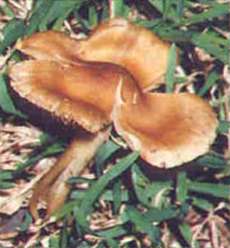

© name
Inocybe haemacta


© name
Inocybe corydalina var. erinaceomorpha
Inocybe tricolor
Panaeolus
Panaeolus are poisonous, saprotrophic fungi related to Bolbitiaceae. The body of the fruit is usually brown, the cap is conical, flared to hemispherical in shape, and sometimes also spreads when fully developed. The stem sits in the center of the hat and, with the exception of Panaeolus semiovatus, has no ring.
The word Panaeolus is Greek and means “all colorful” and refers to the stained gills of the mushrooms produced. The spores are smooth or rough, with a germinal pore, and all species, except Panaeolus foenisecii, have a deep black spore print.
Panaeolus always occur in grasslands with manure deposits. Due to these location requirements, fertilizers are widespread in rangelands in all areas where livestock are raised. Almost all fungi in the Panaeolus genus contain serotonin, urea, and tryptophan. Some species also contain the psychoactive indole alkaloids psilocybin and psilocin.
These fungi are primarily dung and grassland species, some of which are widespread in Europe and North America.
Members of Panaeolus can also be confused with Psathyrella, however the latter genus generally grows on wooden or lignin-enriched soils and has brittle stems.
Panaeolus cinctulus
Natural habitat:
Spring to fall, abundantly after rain
-common, widely spread
-grows lonely to gregarious, also chubby
-on compost heaps, well-fertilized lawns & gardens
-also directly on horse manure


© Juan Carlos Pérez Magaña, Rocky Houghtby
Panaeolus fimicola
Natural habitat:
During/after cold rain
-found growing solitary to scattered
-in soil or dung
-fertilized lawns and other grassy places
-Saprotroph


© James Lindsey
Panaeolus olivaceus
Natural habitat:
late summer through december
-scattered to gregariously
-in rich grassy area
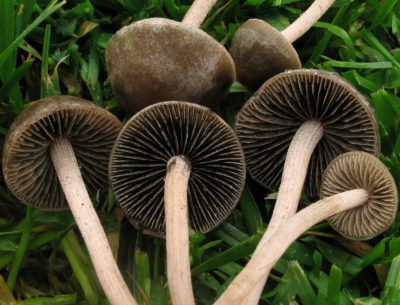
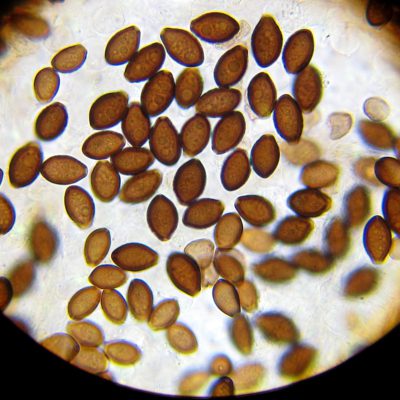
© Byrain
Panaeolus bisporus


© Alan Rockefeller
Pluteus
Pluteus is a large genus of fungi with more than 300 species.
The hat is always flat-convex, but never deepens or funnel-shaped. The stem is in the middle of the hat and can be easily separated from it. At the base it is plump to bulbous, but never bulbous with an edge. The spore powder is deep pink in color and soon gives the initially pale gills a pinkish tinge. The gills are free from the stem. There is neither veil nor ring.
Pluteus nigrolineatus
Natural habitat:
-if you have more info, please tell me
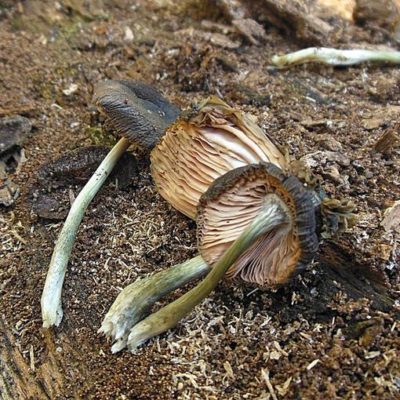
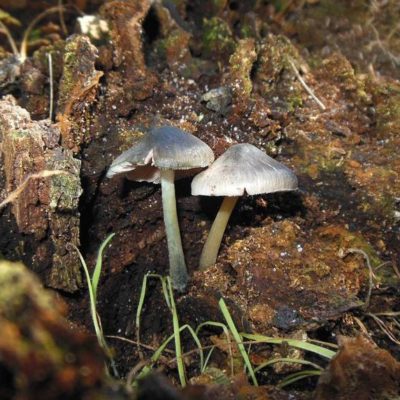
© Midnight
Pluteus salicinus
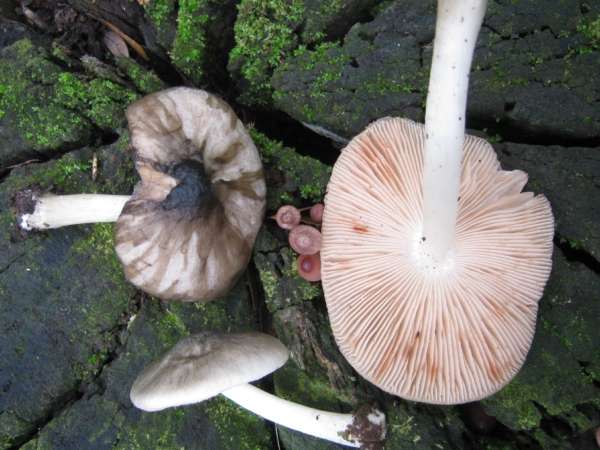

Pluteus villosus


© name
Pluteus glaucus
Psilocybe
Psilocybe forms small to medium-sized, yellowish-brown to brown fruiting bodies divided into a cap and stem with a pointed bell-shaped or hemispherical cap, often characteristic. The hats are mostly brown with sometimes blue tints; they are mostly hygrophanous. They are thin and generally sticky to greasy. The name bald head is derived from the smooth surface of the hat. It is rarely also faintly velvety.
The beige lamellae have initially grown widely on the handle, sticking or running down the handle with a tooth. They are usually wide and distant or narrow. They later turn red to dull brown or quickly black. Sometimes they also have purple hues. The cylindrical style is slim and central. The handle, sometimes also the hat, turns black, bluish-black, blue or greenish in color when dried. Sometimes there is a veil. It is found on the hat and stem, sometimes lining the brim of the hat or forming a ring zone on the stem.
The smell is insignificant or farinaceous, sweetish in some species. The taste is also negligible to that of flour, but it is rarely bitter as well. The color of the spores varies from purple-brown to dark purple-brown and rust-colored.
Ecologically, all psilocybe species are saprotrophs that grow in soil, straw, wood chips, peat, and debris. Species that parasitize moss are rare.
Psilocybe cyanescens
Natural habitat:
Late summer to late autumn
-Deciduous forest, alluvial forest on dead wood & humus
-Lime rich soil & gardens
-strong
–consequent decomposer
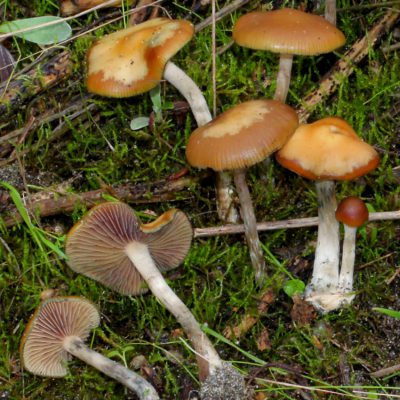

© Alan Rockefeller, Lukas
Psilocybe fimetaria
Natural habitat:
September to November
-grows solitary to sociable
-on horse or cow manure, in green spaces
-consequent decomposer
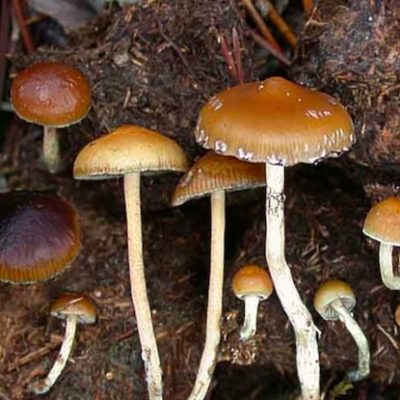
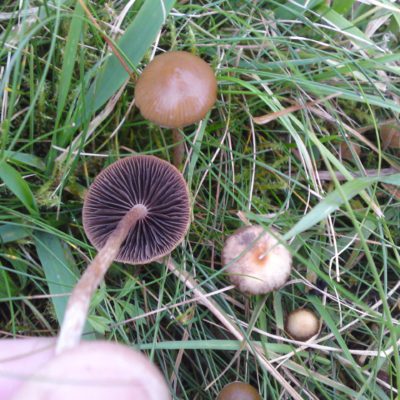
© Sil_wiegman, Andrew Tomlinson
Psilocybe semilanceata
Natural habitat:
Summer to late autumn
-Cow / sheep pastures, in grassy and nutrient-rich places
-on naturally fertilized meadows
-never straight from animal dung
-consequent decomposer
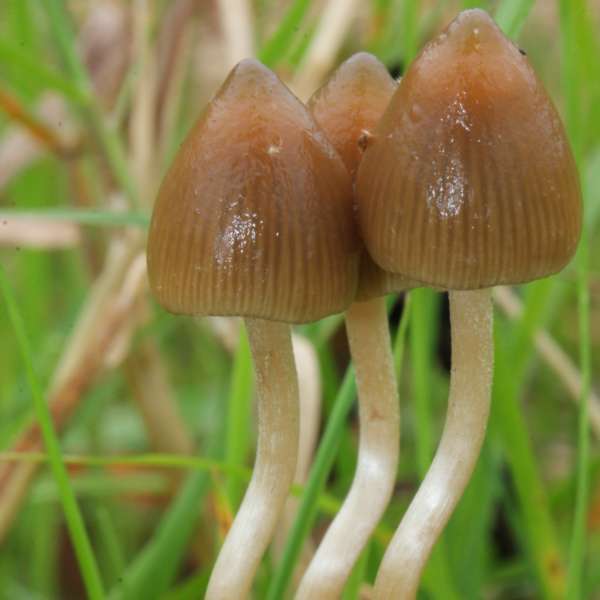

© Alan Rockefeller, Koń
Psilocybe mairei
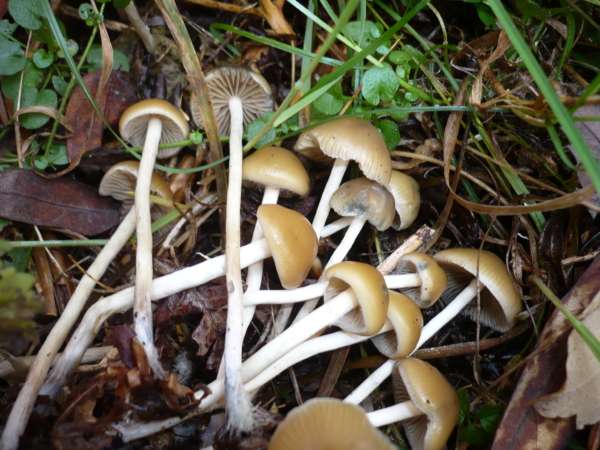
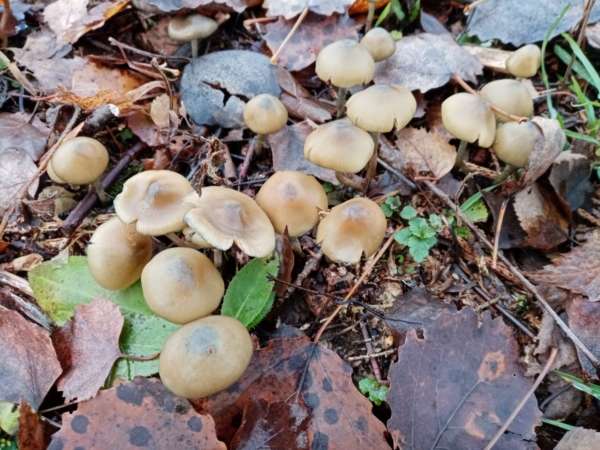
© name
Psilocybe pelliculosa


© shroom360
Psilocybe medullosa
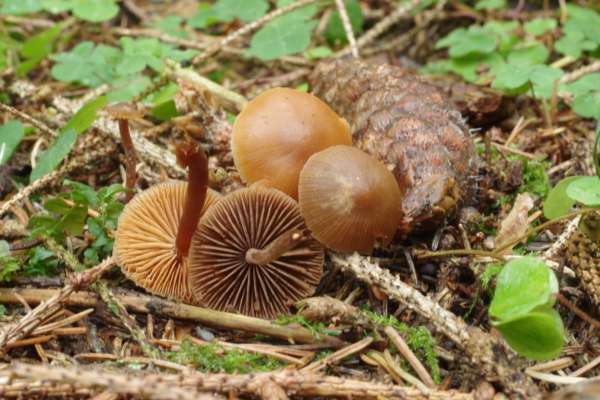
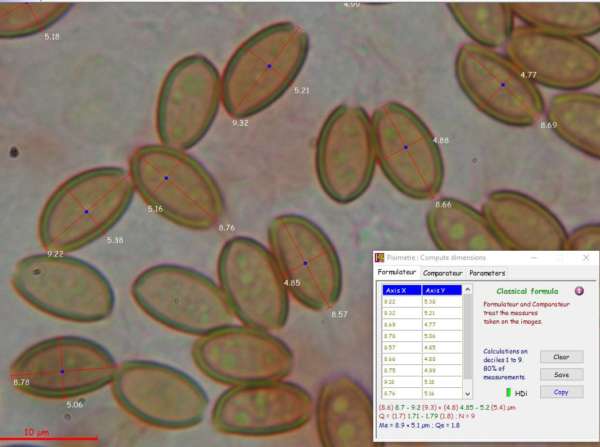
© name
Psilocybe serbica
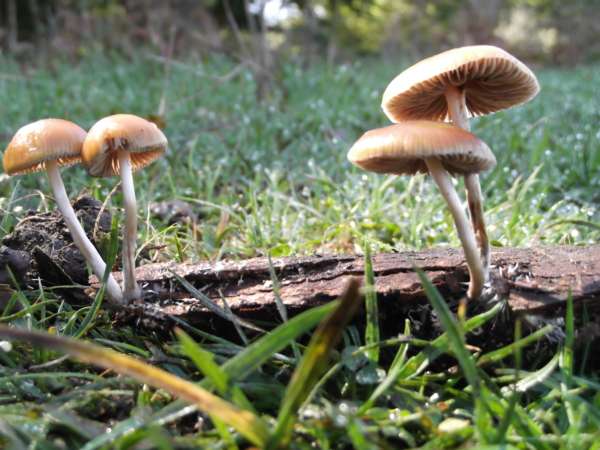
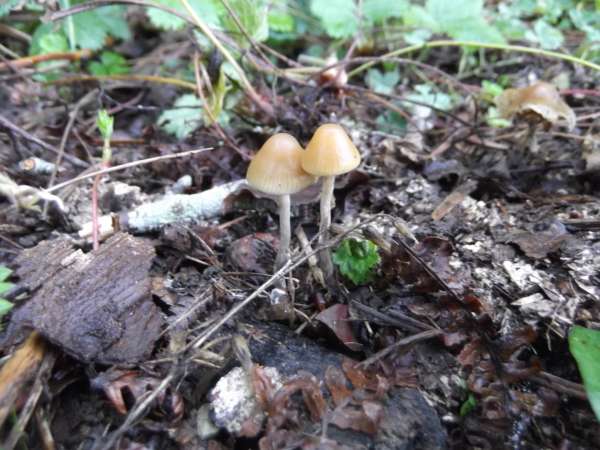
© name
Psilocybe serbica var. bohemica


© name
Psilocybe liniformans var.americana
Natural habitat:
Summer to autumn
-single or tufts and lumps
-in horse manure or well-fertilized pastures and fields
© DH42


